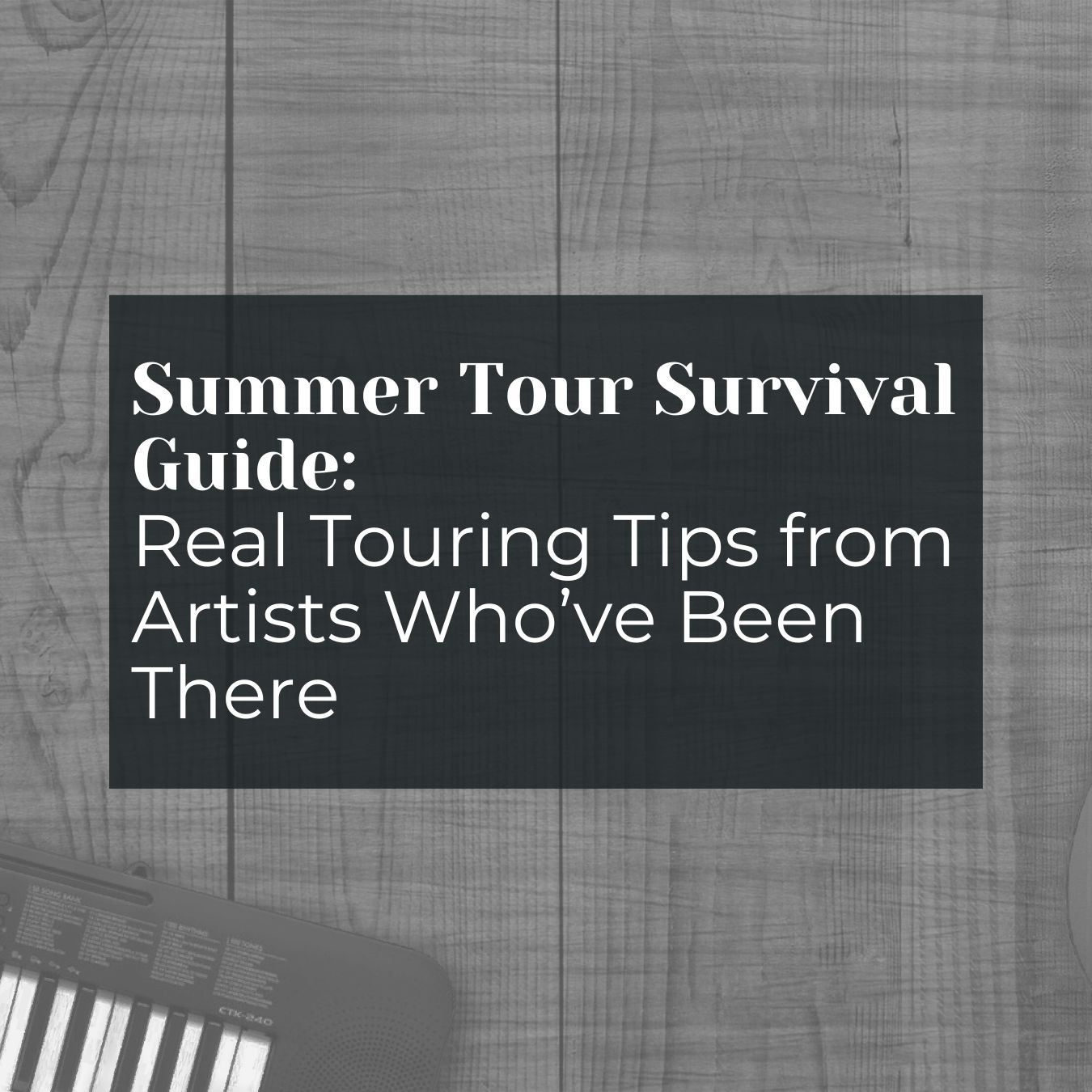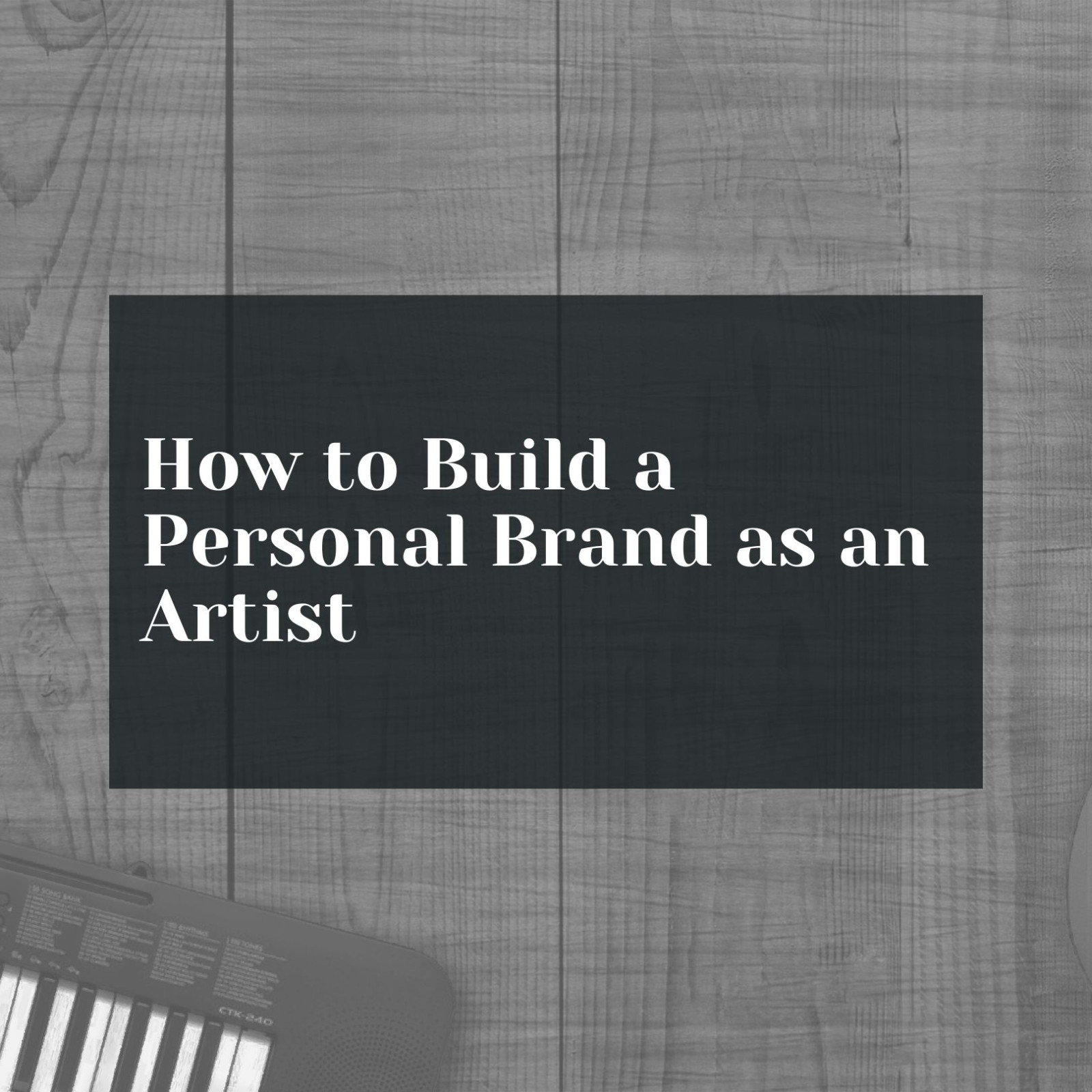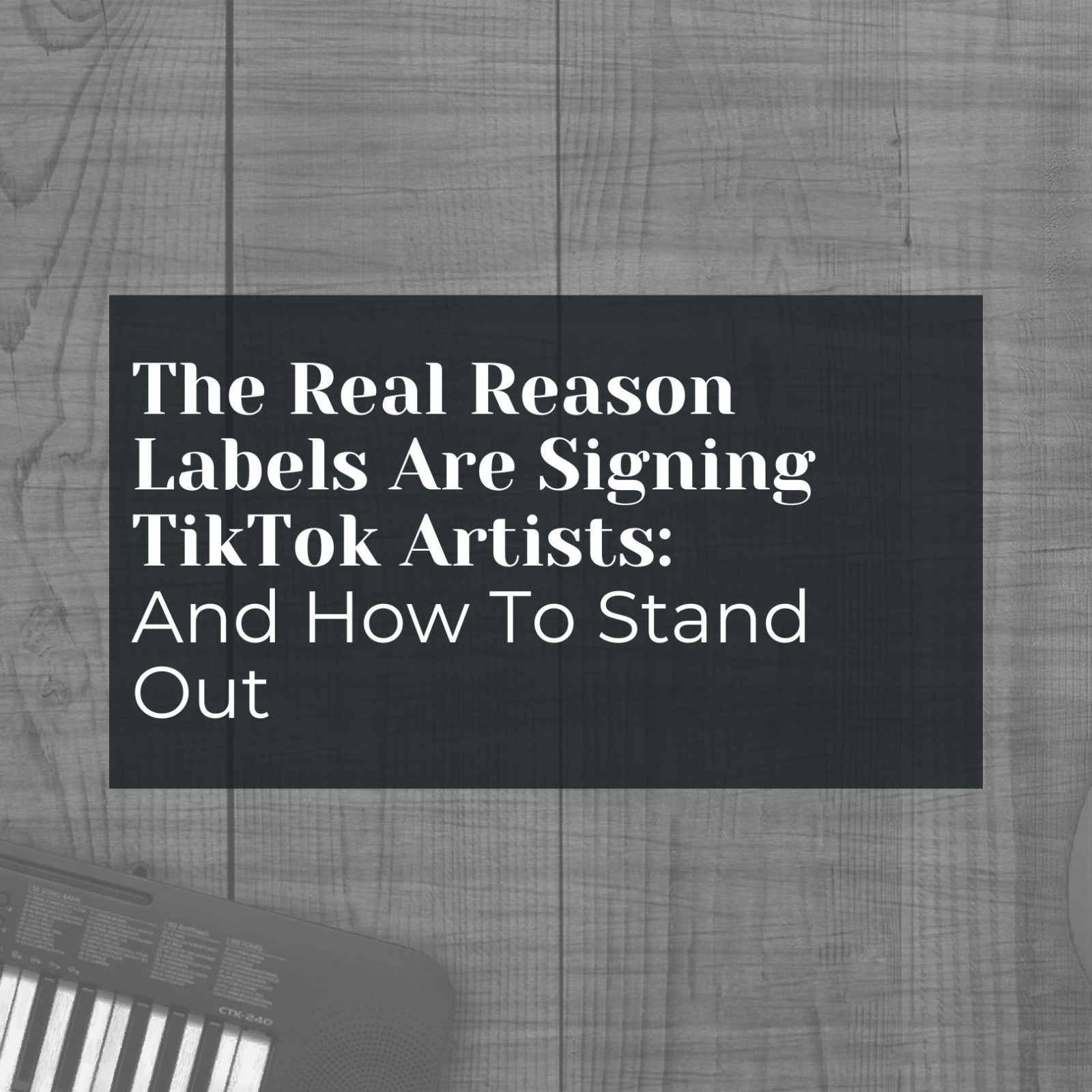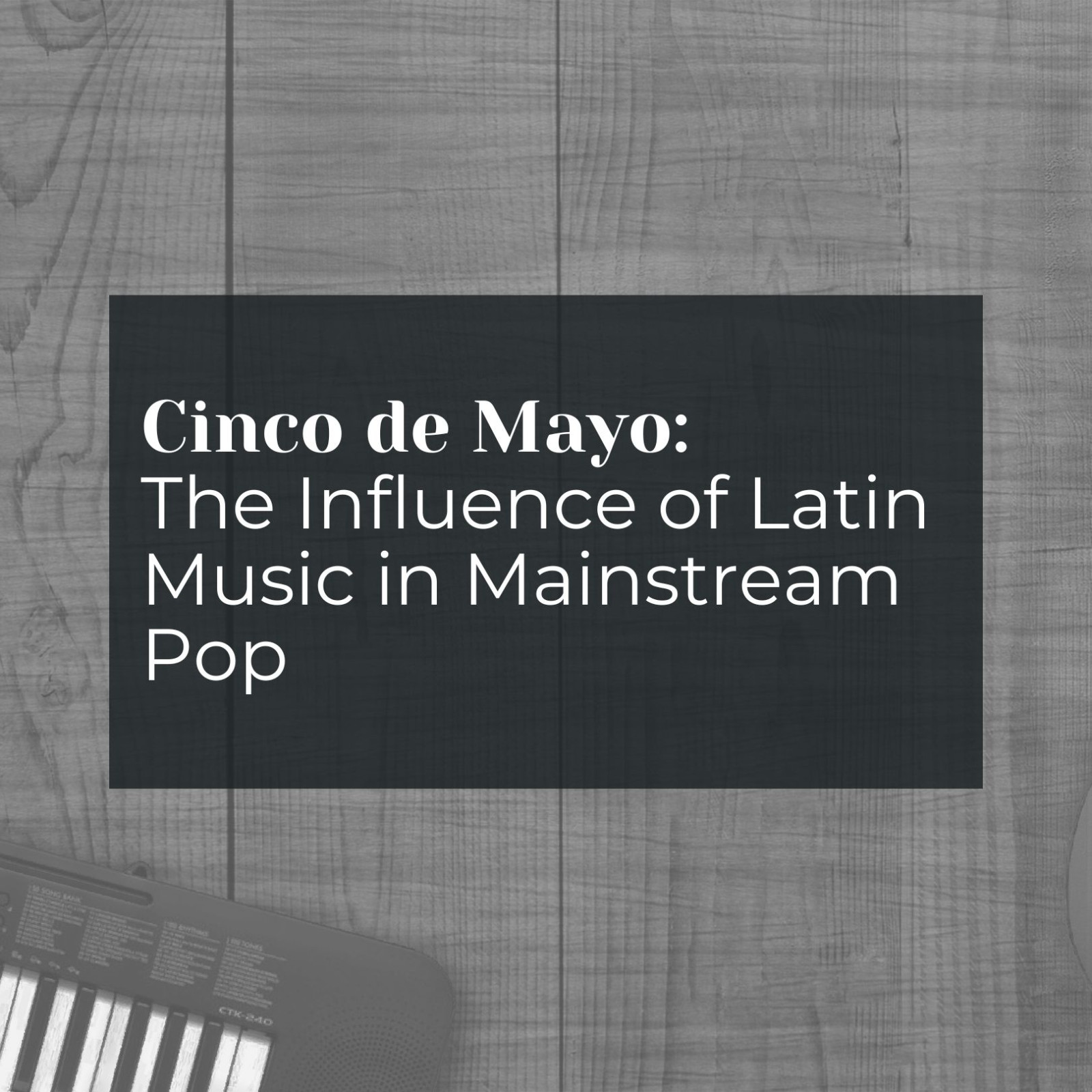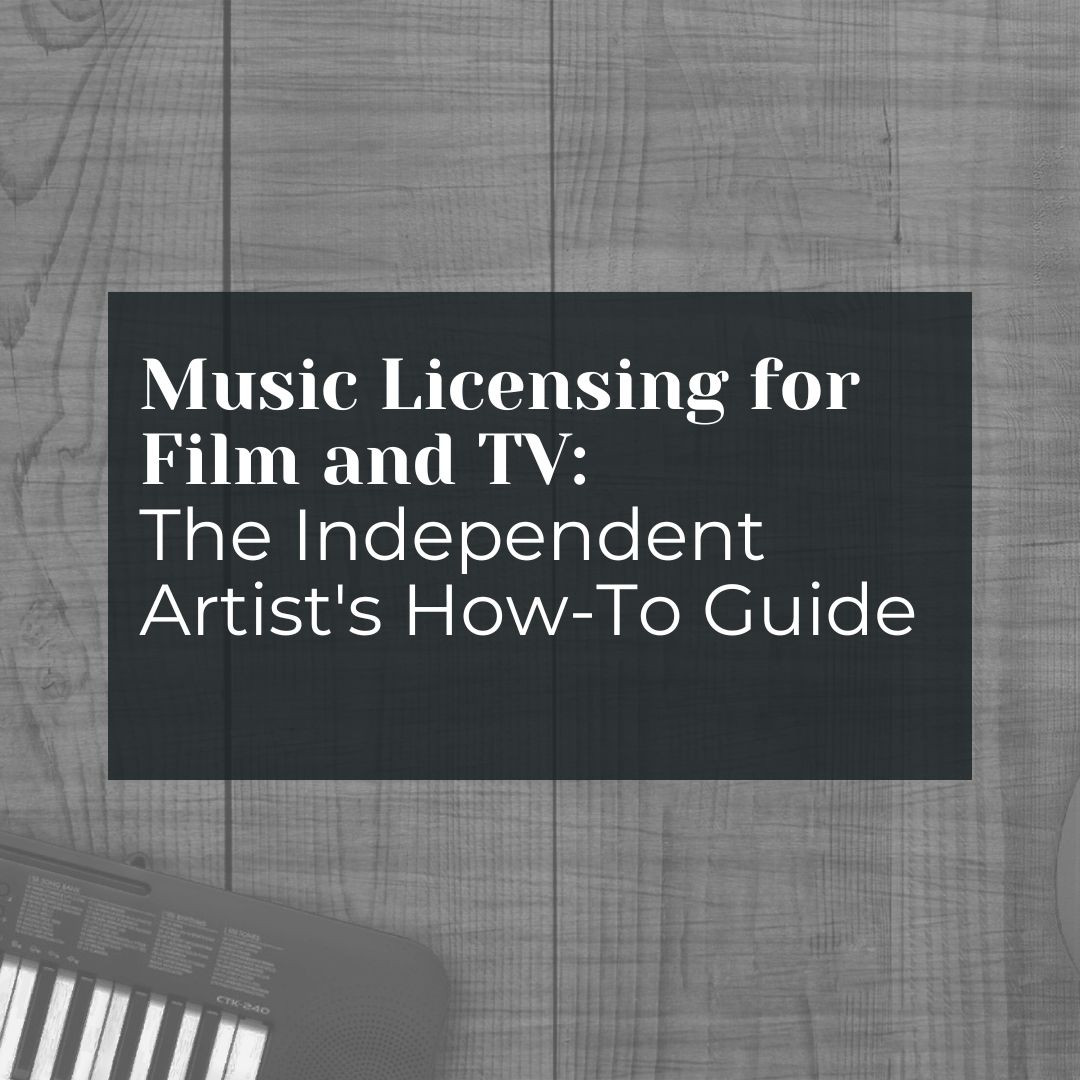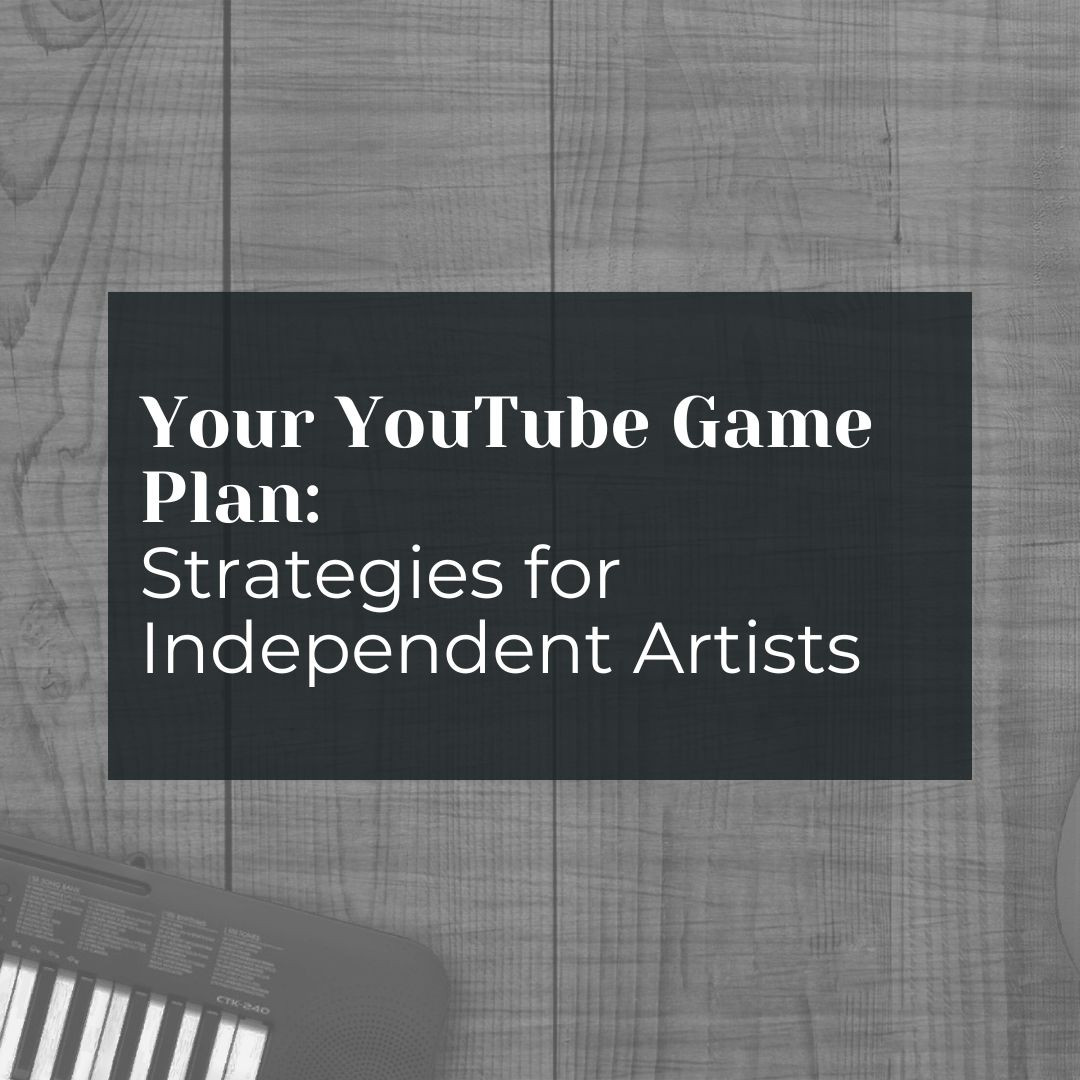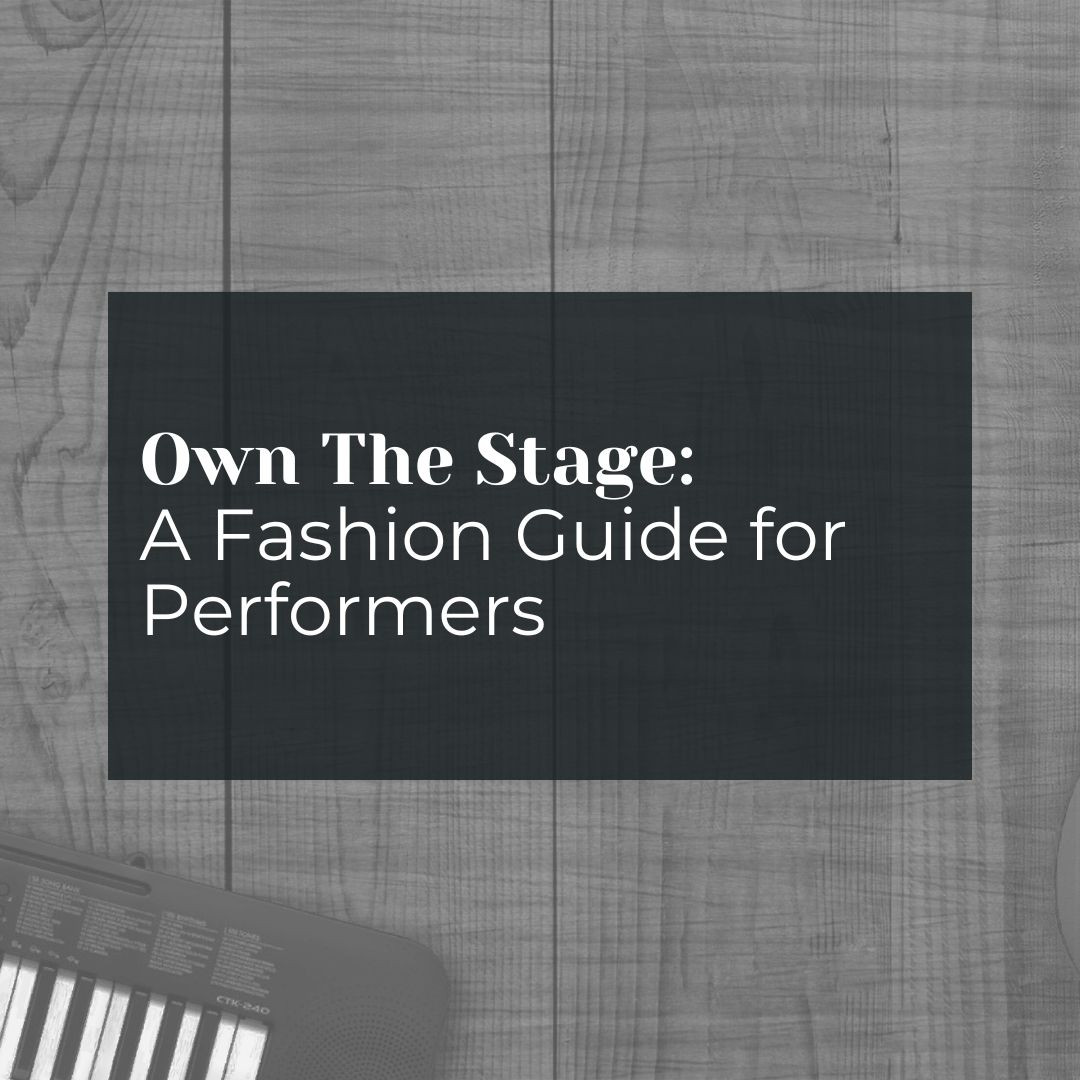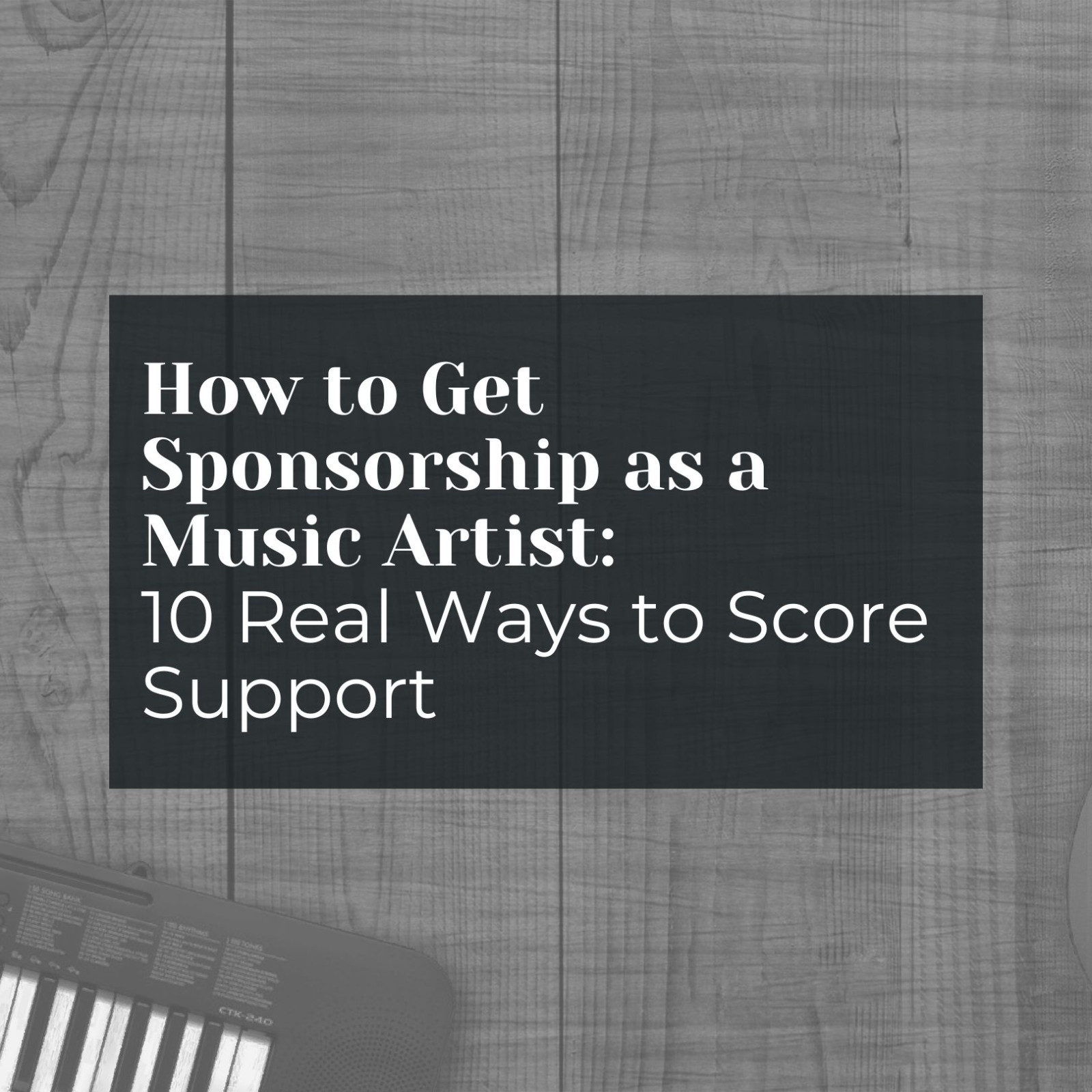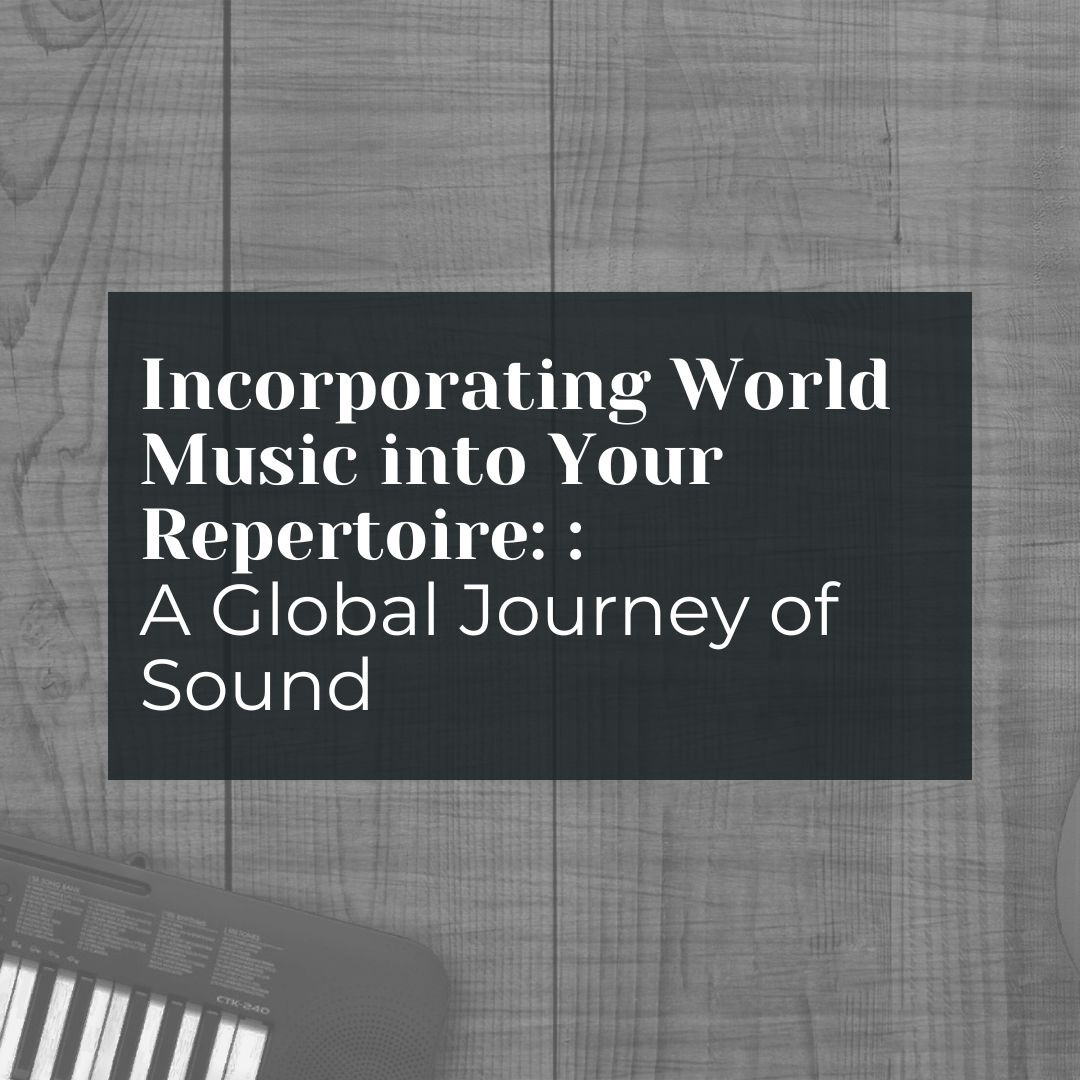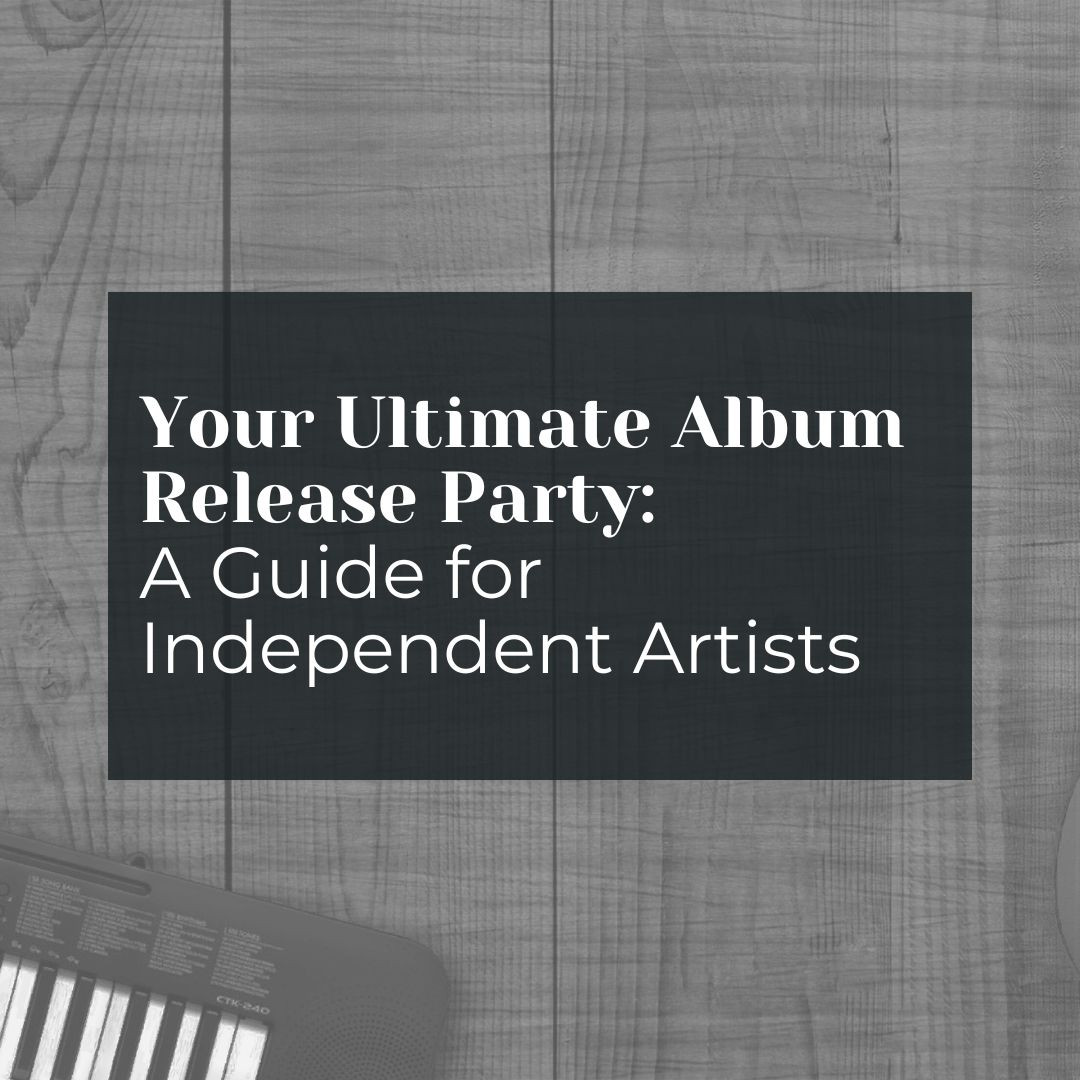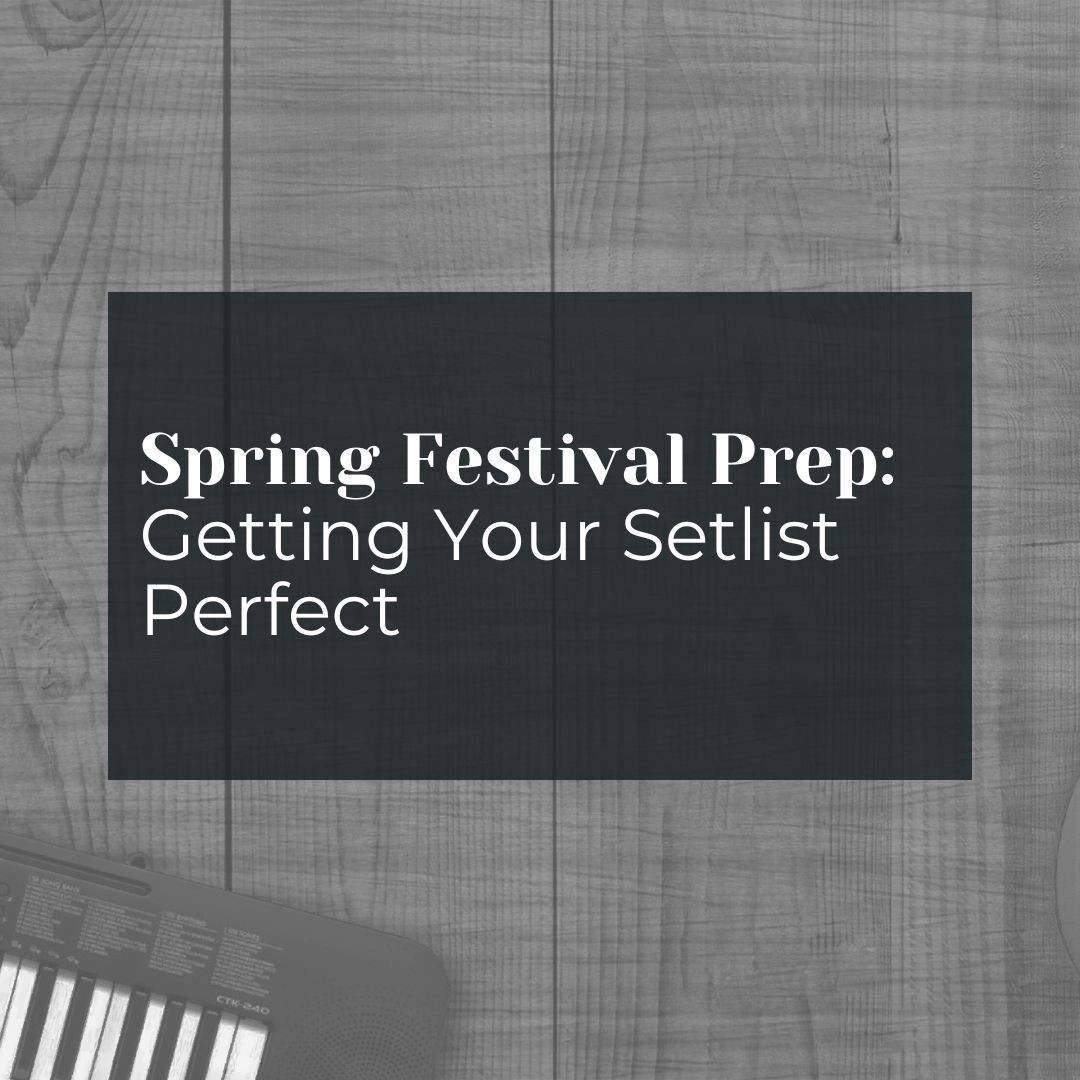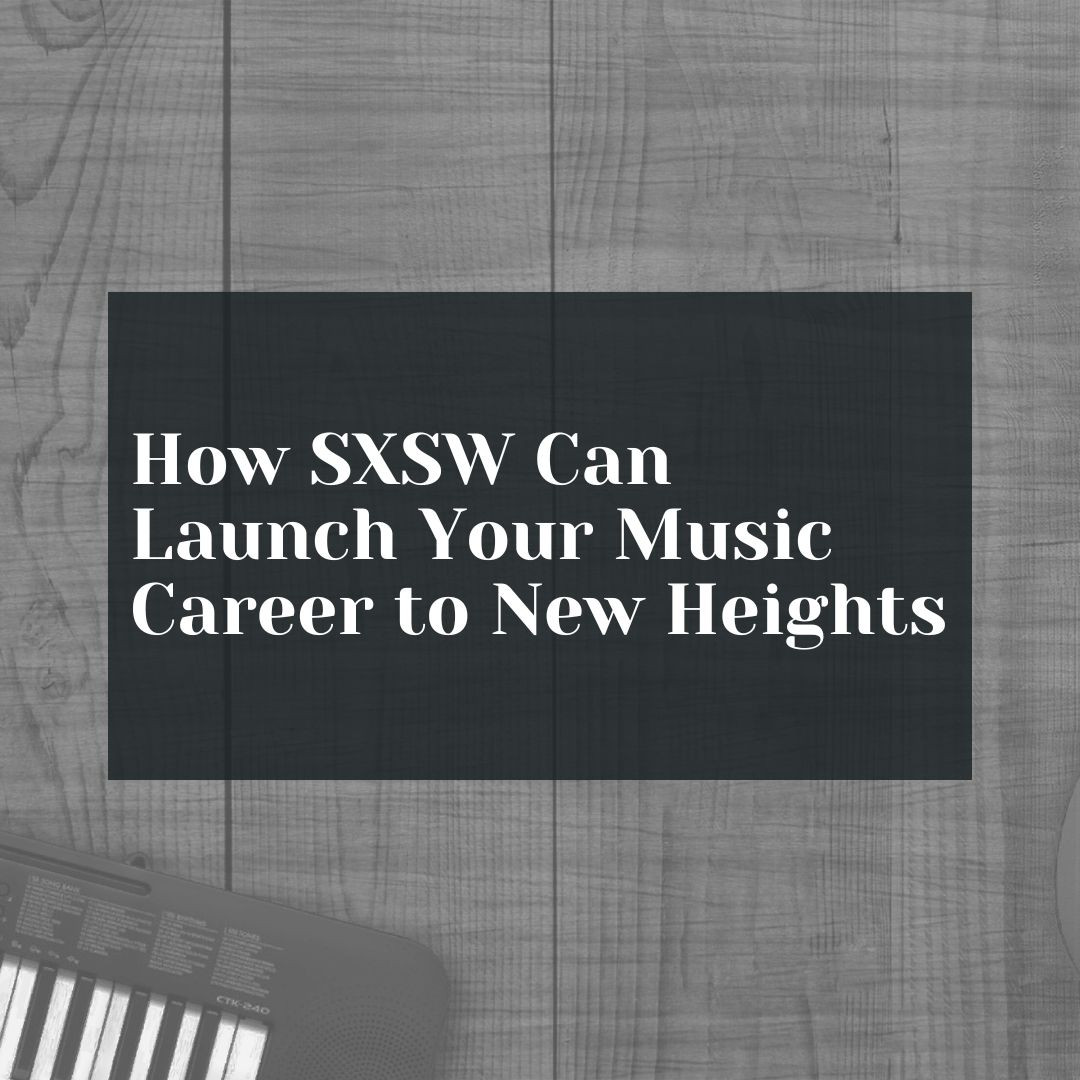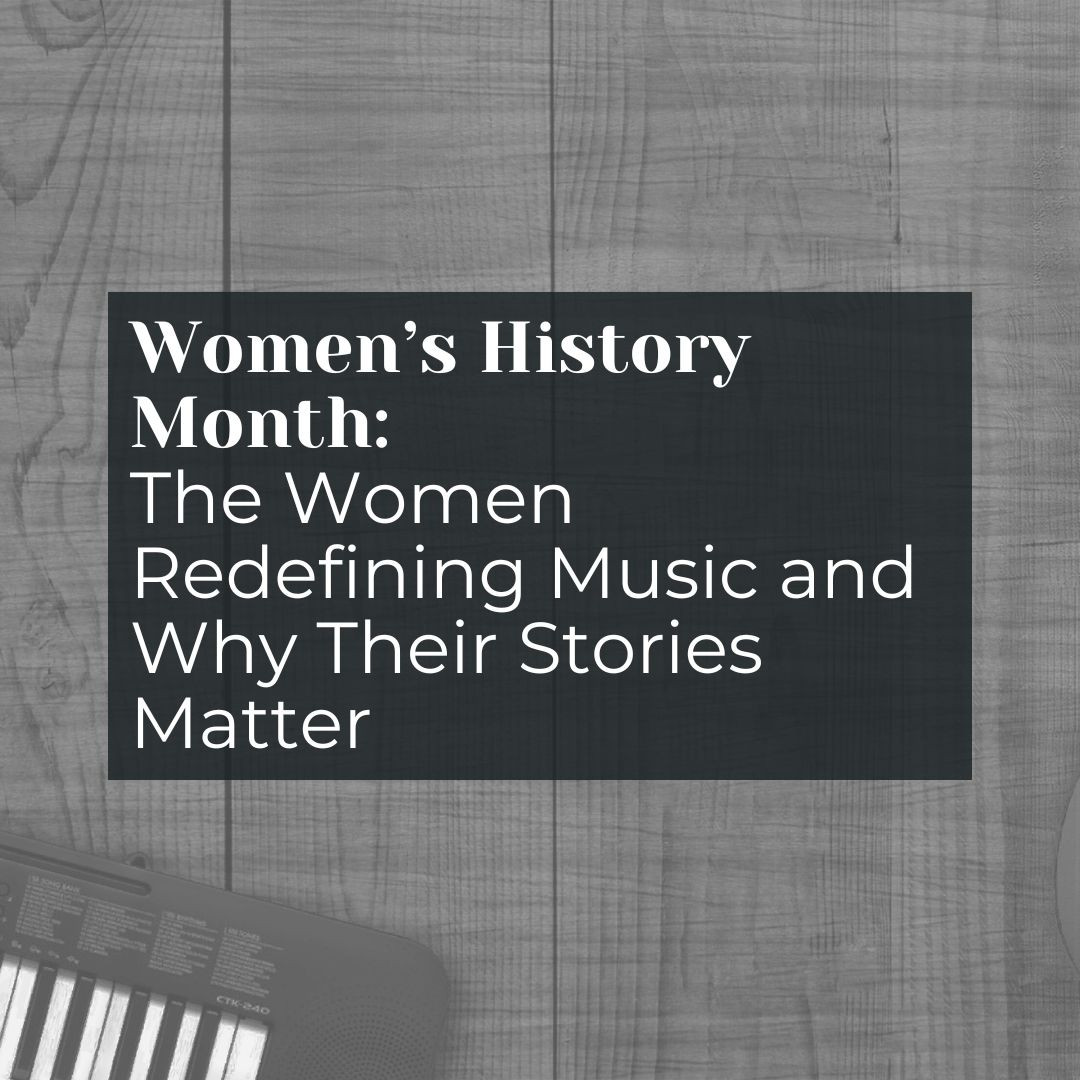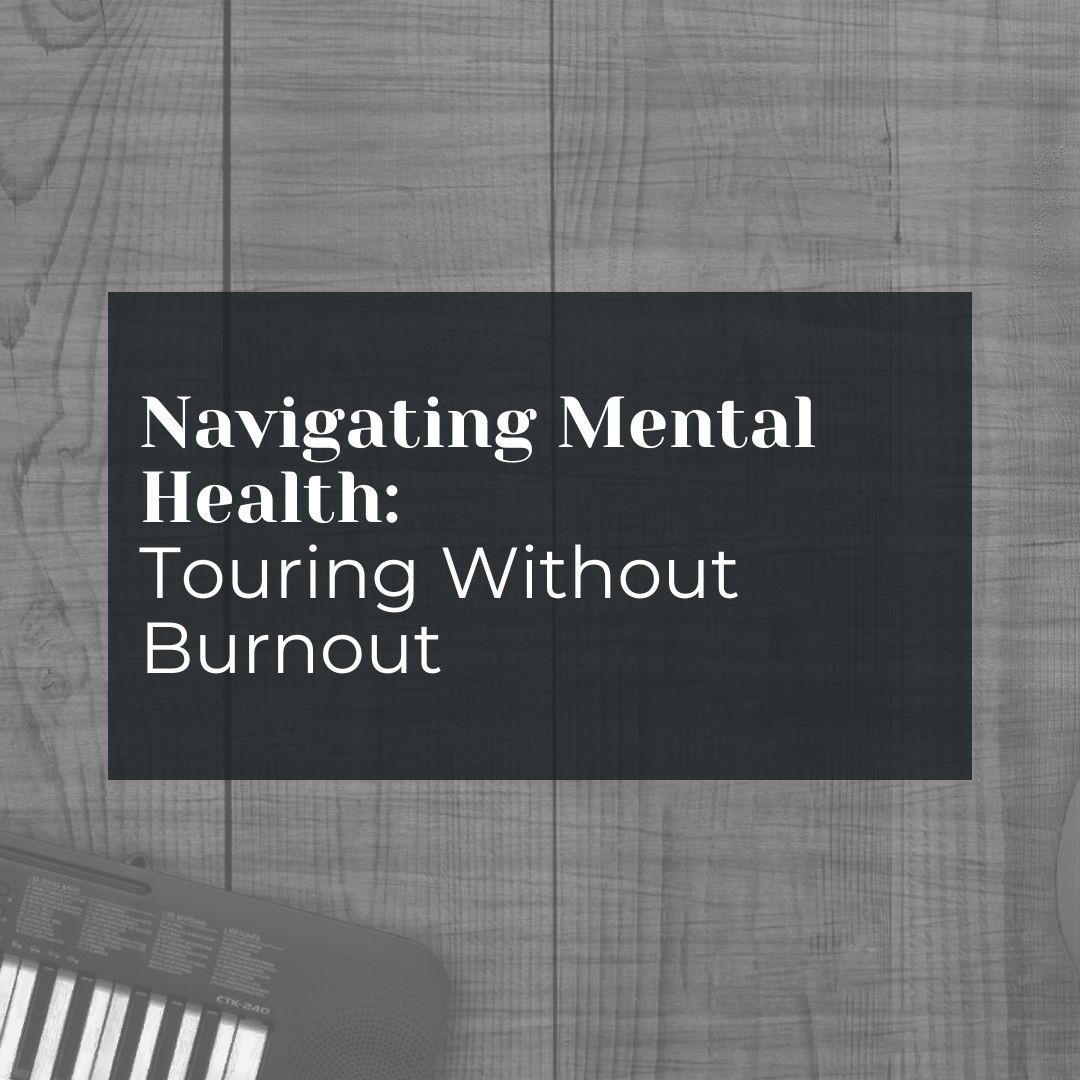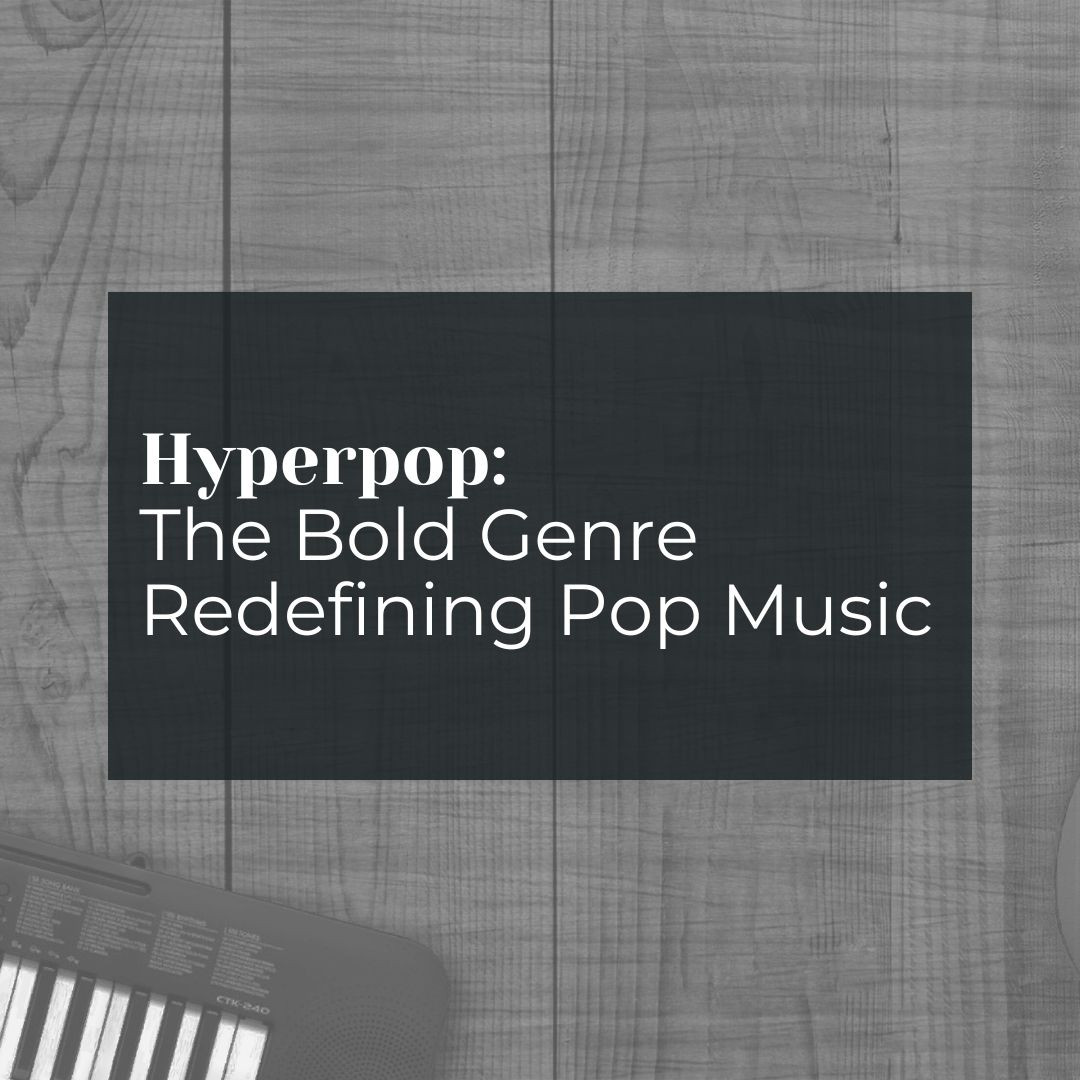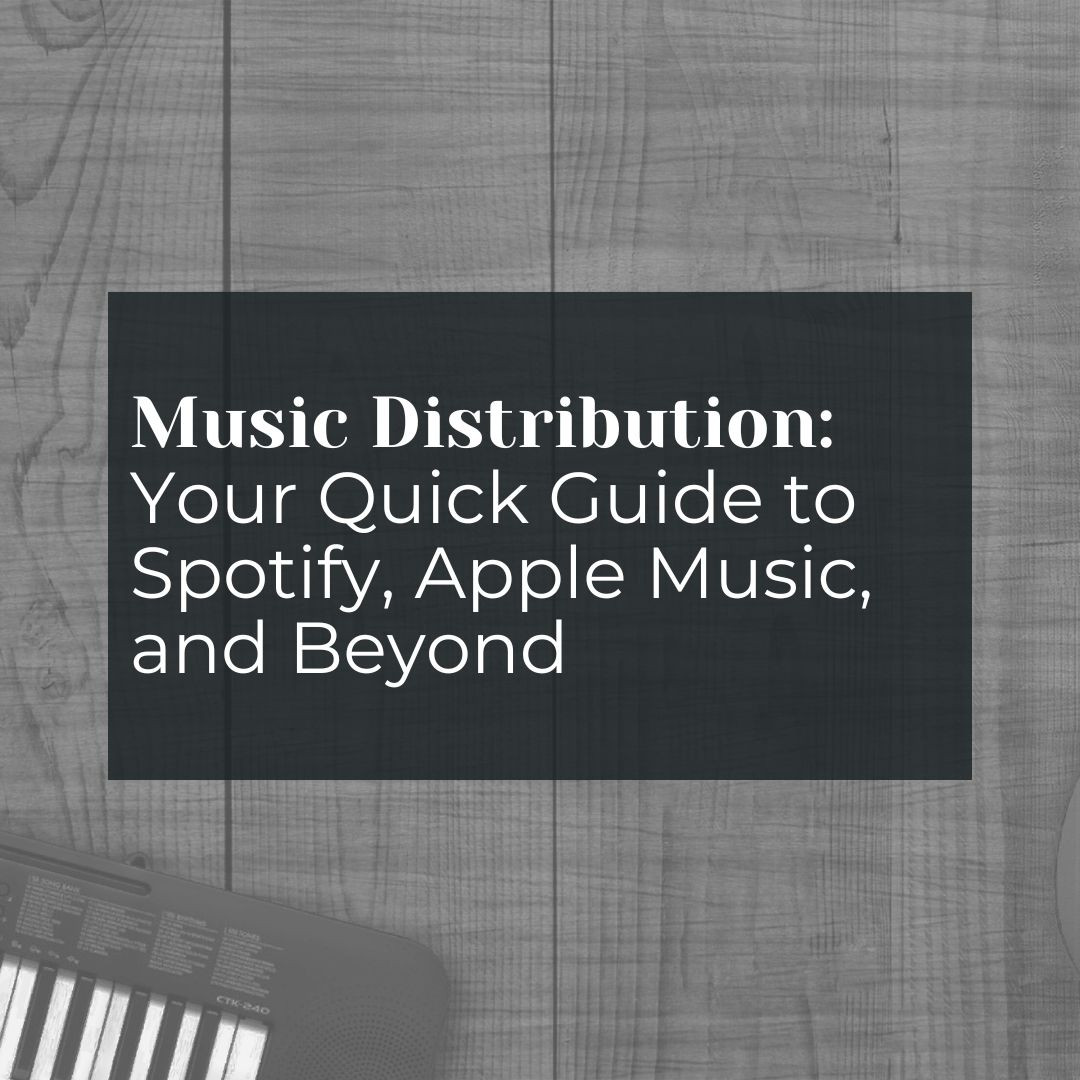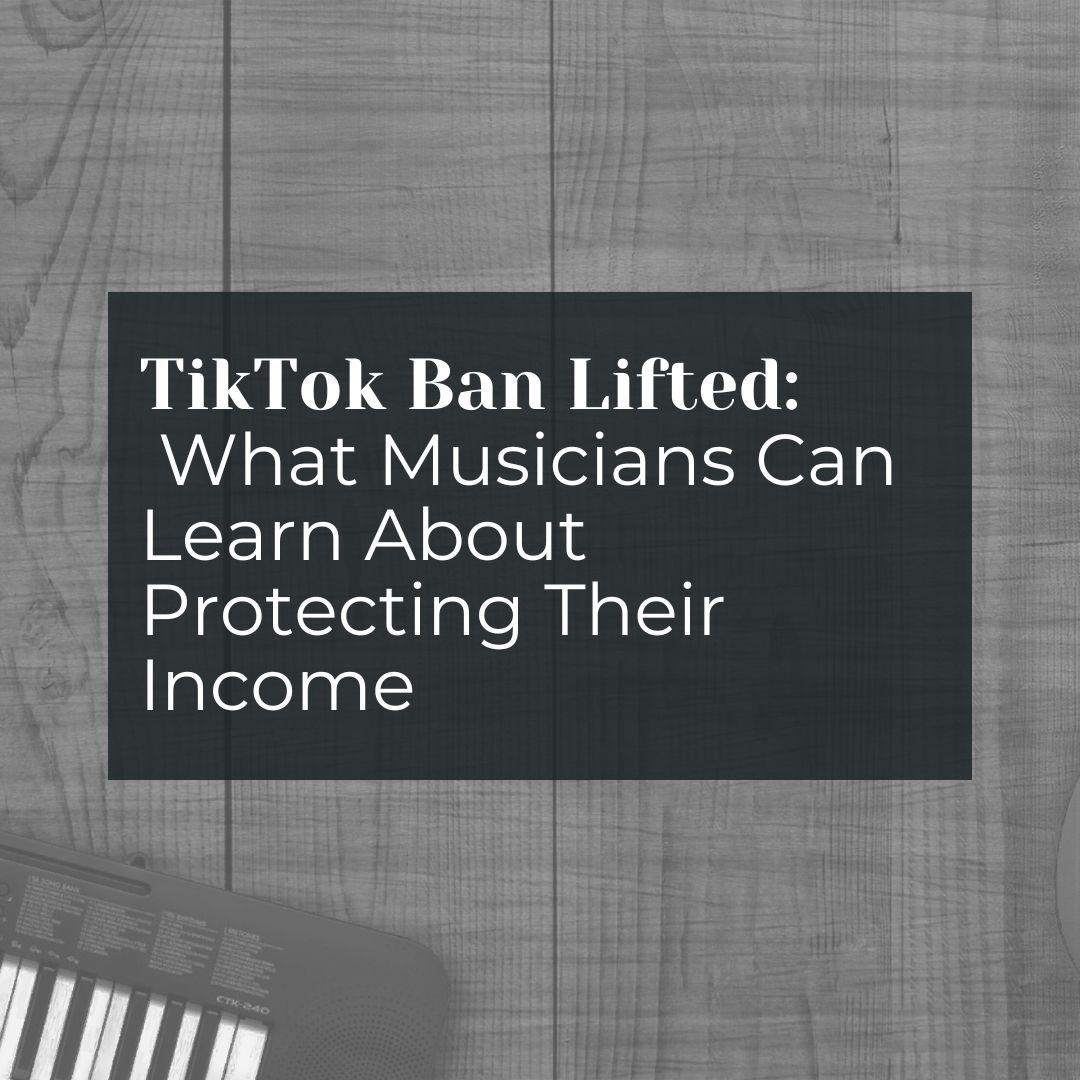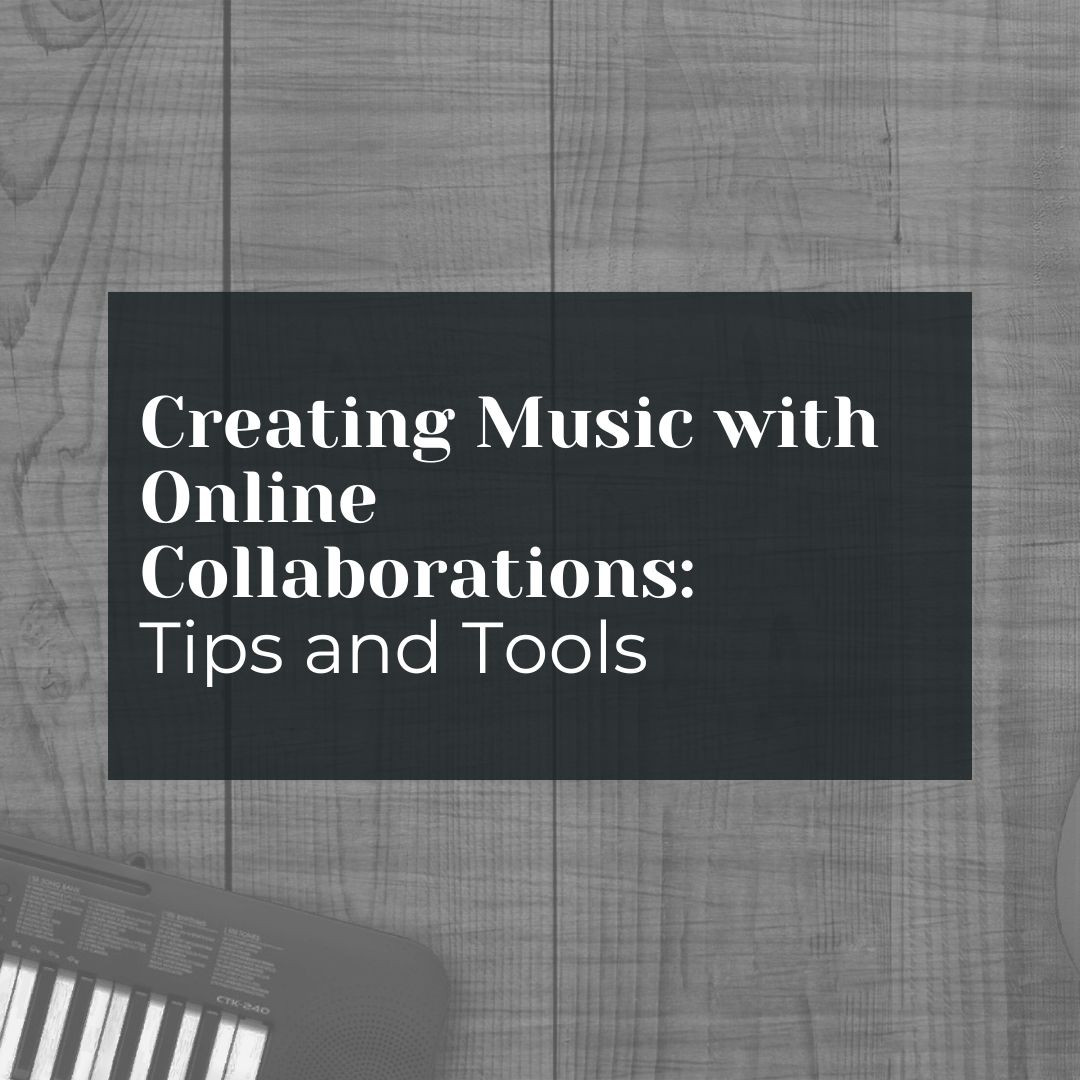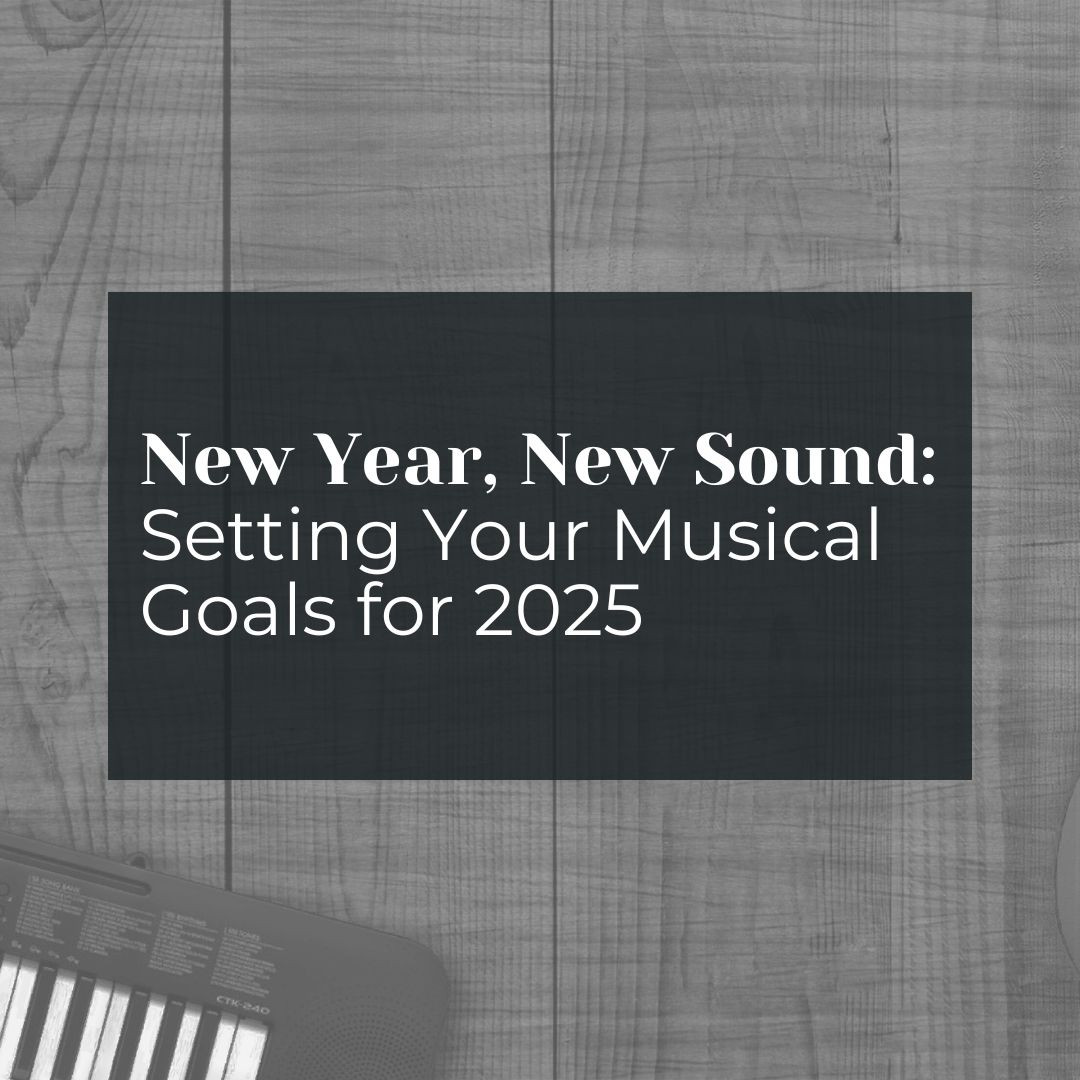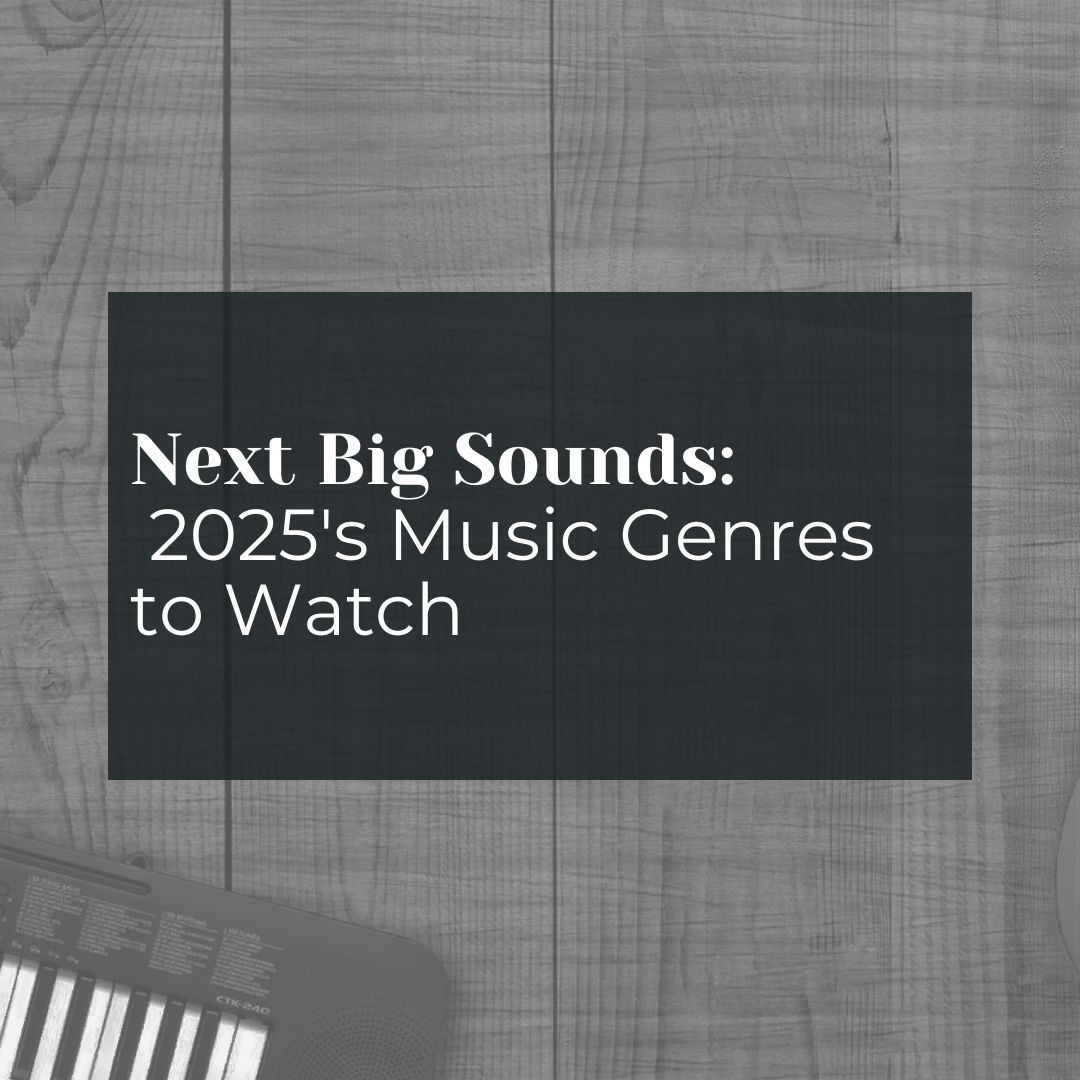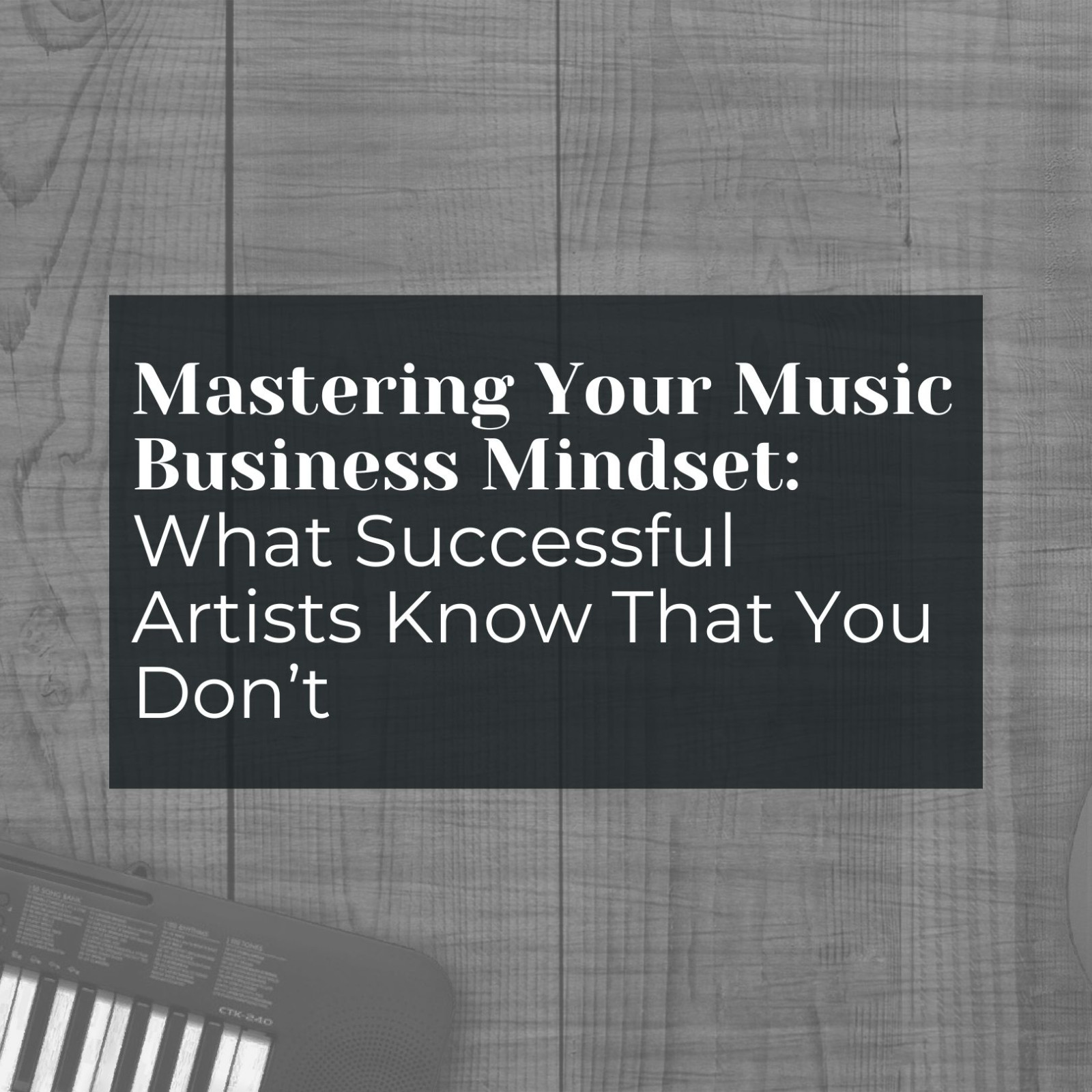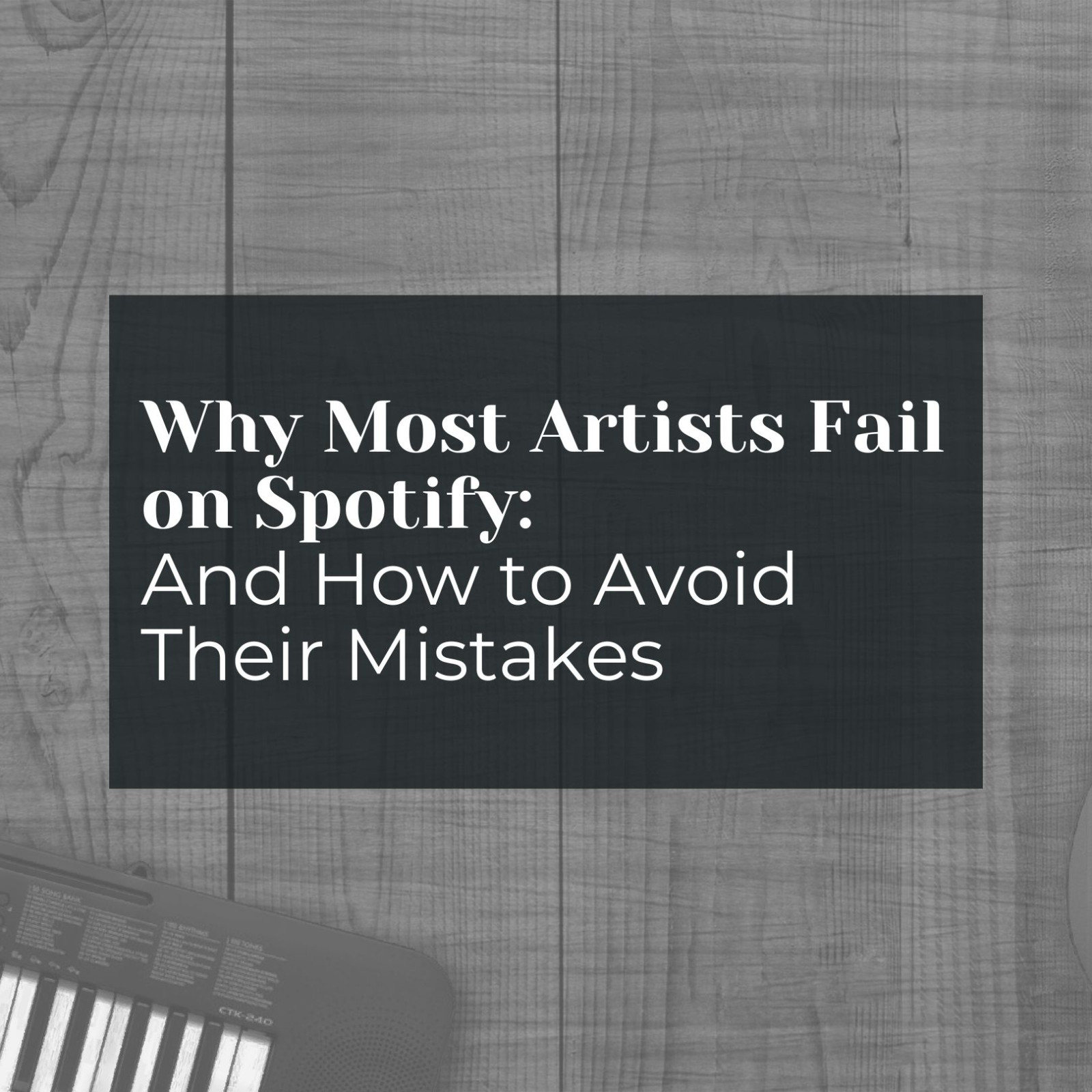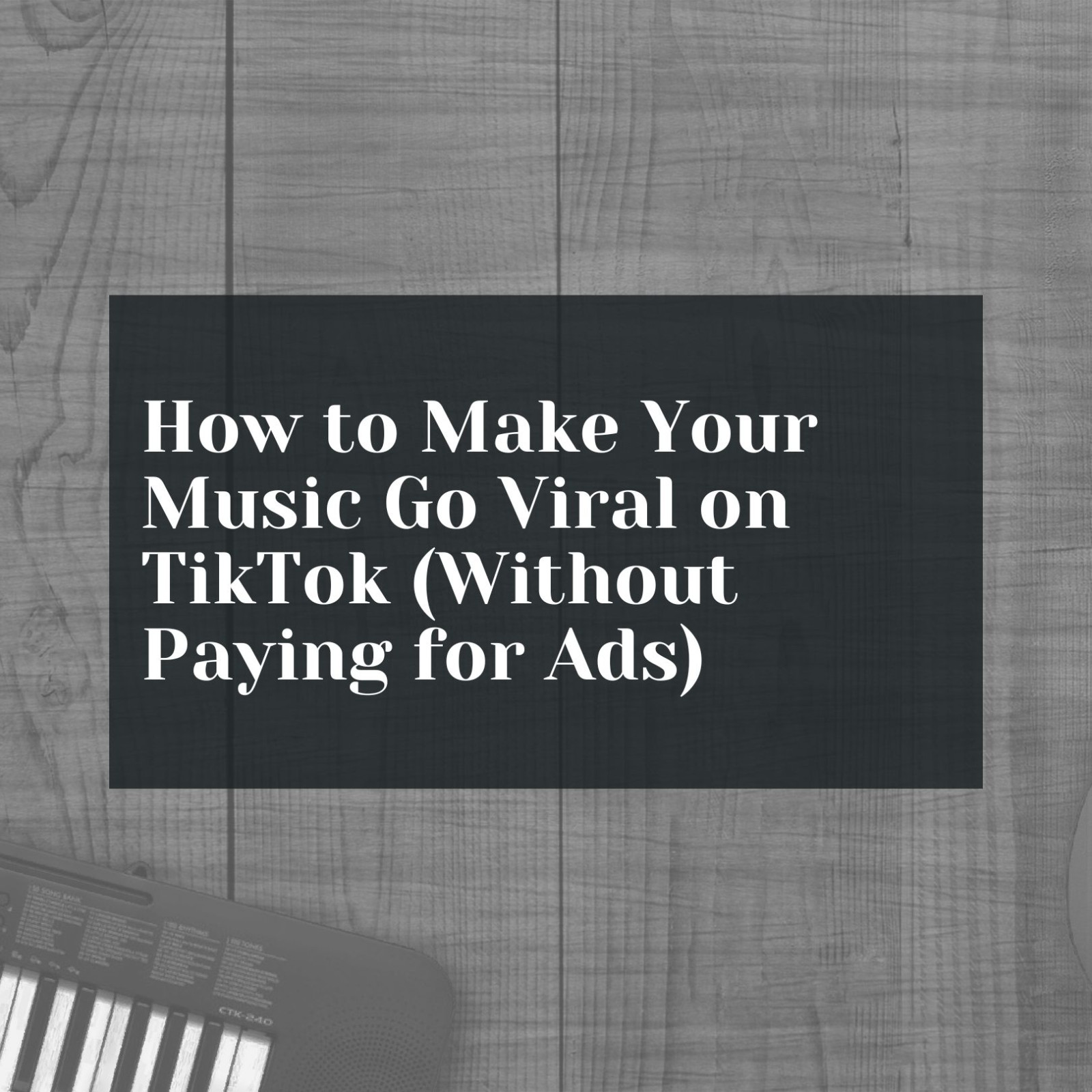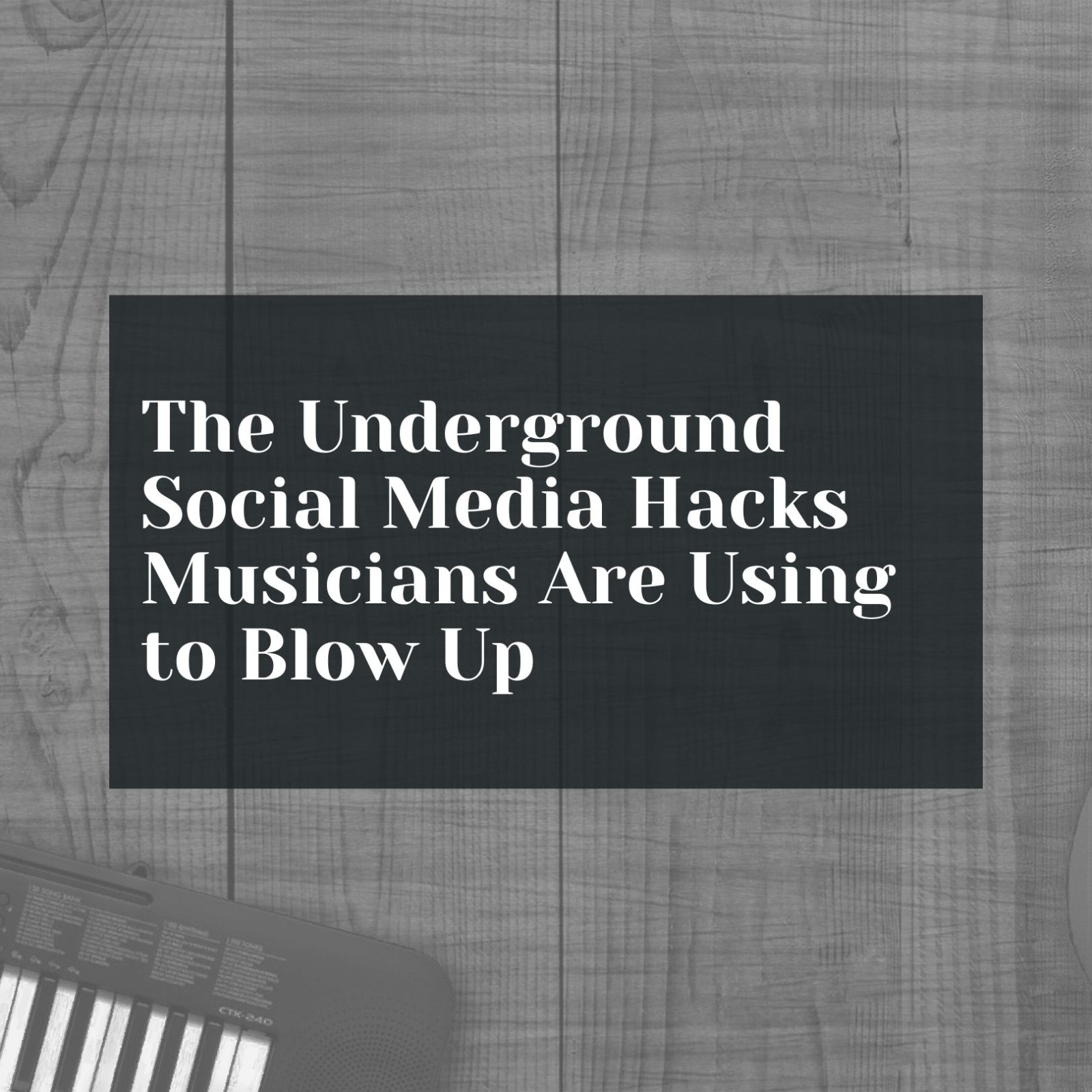
Struggling to navigate the music release maze? Simplify your path to success with this no-nonsense guide to releasing music. Pinpoint the right release date, master the art of promotion, understand the rights and royalties, and extend your digital reach. Prepare to elevate your tracks from studio to spotlight with confidence.
Key Takeaways
- Releasing music on Fridays can align with industry trends, maximize chart potential, and improve playlist placement opportunities on platforms like Spotify.
- Developing a comprehensive music release blueprint, including a well-planned marketing campaign and legal preparations, is crucial for track visibility and rights management.
- A strong social media presence, engaging visuals, and securing the right distribution service are essential to building a fanbase, enhancing brand recognition, and ensuring music reaches a wide audience.
Choosing the Optimal Release Day

Choosing the day to release your music can significantly impact its success. Yes, Fridays are the magic days, aligning with Billboard’s tracking period and maximizing your chart positioning. Even consumer preferences lean towards new music on Fridays and Saturdays. So, what’s the strategy? Aim for a Friday release, and you might just land a spot on Spotify’s New Music Friday playlist, giving you increased exposure opportunities.
Consider planning your music release in line with current trends and algorithmic boosts, particularly on platforms such as Spotify, where new music releases are constantly promoted.
Countdown to Release
Before your music hits the airwaves, there’s a lot of groundwork to be done. Here are some steps to follow:
- Have a set release date to establish a structured timeline and set deadlines for different tasks.
- Start the countdown about two weeks before the release, ramping up momentum with focused social media activity.
- Engage superfans and build excitement leading up to the release.
- Prepare ‘Day Of’ promotional materials to maximize visibility and impact.
Remember to take into account factors like potential Billboard charting and inclusion in editorial playlists, both favoring Friday releases. Having a thorough release schedule ensures that there is enough time for all the pre-release activities, which can enhance the success of your new release.
Harnessing Hashtags
The digital age has blessed us with hashtags—a powerful tool to increase engagement and reach on social media platforms. Did you know that including a hashtag in an Instagram post can give you 12.6% greater engagement than without? A pro-tip here: when using multiple words in a hashtag, capitalize the first letter of each word for better readability. And remember, quality over quantity—use at least one hashtag per post, but no more than ten to avoid clutter.
Use trending music-related hashtags and popular music hashtags like #NewMusicFriday and #InstaMusicVideo for greater exposure. Better yet, create custom hashtags for your tracks, albums, or artist identity to promote brand consistency. Harness the power of hashtags across platforms like Twitter and TikTok to broaden your promotion scope.
Crafting Your Music Release Blueprint
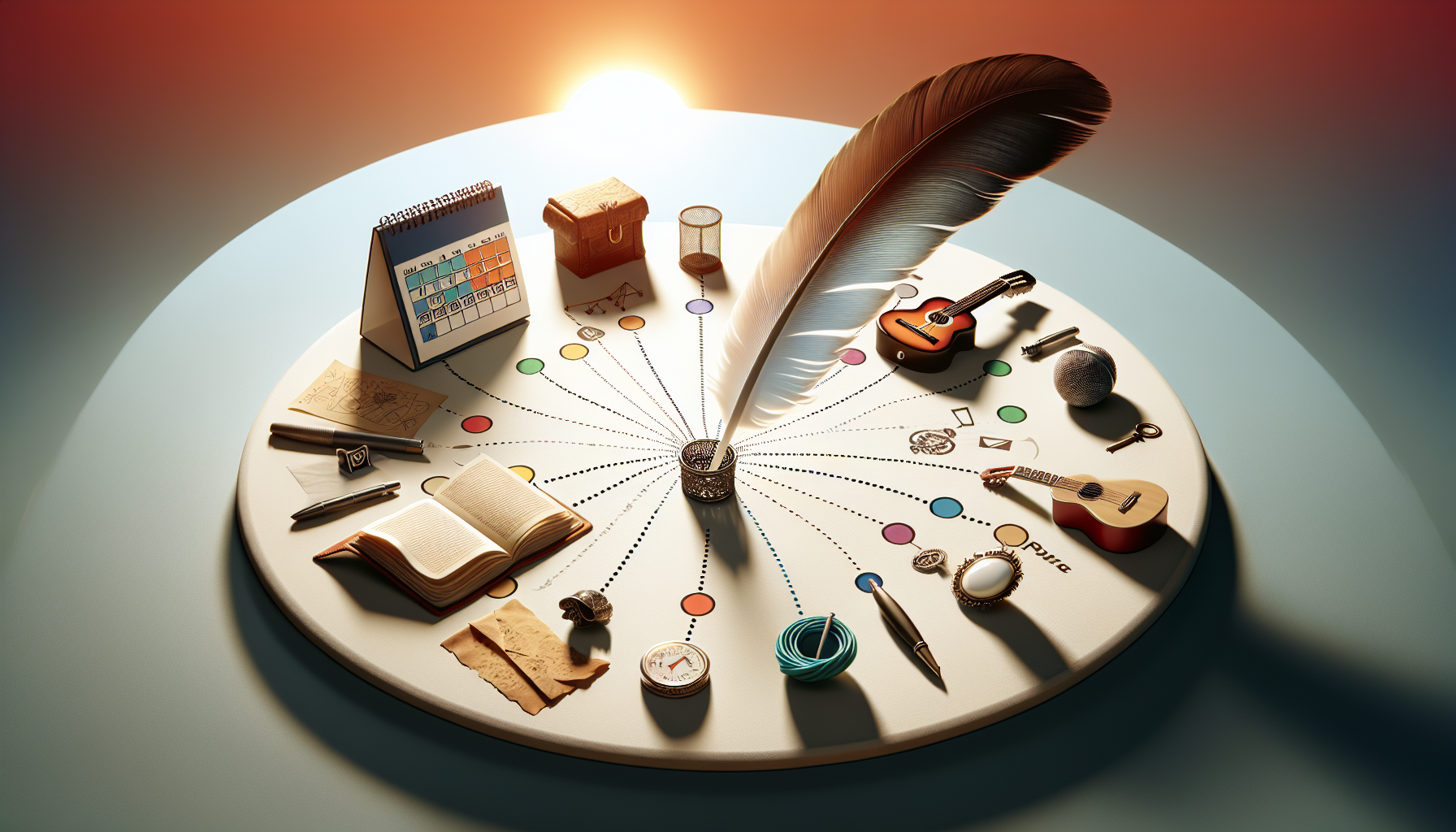
With your release date and hashtag strategy ready, you can now start developing your music release blueprint. A comprehensive release plan is your roadmap to success, starting at least three months before the release date. It should include:
- A detailed content calendar to map out the release plan
- Deadlines for actions
- A strategy for pre-release activities such as artwork reveals and social media announcements
This blueprint should also address legal and copyright aspects, including securing an ISRC for each track and registering with PROs and SoundExchange. Finally, don’t forget to create a unique and memorable music project, combining great songwriting, production, and storytelling with a consistent promotional strategy.
Building Early Momentum
Gaining early momentum is vital for the success of your music release. One surefire way to do this is by creating a pre-save campaign. This encourages fans to save your song in advance, leading to higher stream counts on release day, especially on platforms like Spotify’s Release Radar playlist. In the weeks leading up to your release, you can:
- Create buzz with teasers
- Reveal artwork
- Release track titles
- Get your fans involved in creative decisions
You should also:
- Optimize your streaming platform profiles
- Update your Linktr.ee with a pre-save link to promote the upcoming release
- Don’t underestimate the power of a well-crafted pitch to Spotify’s editorial team, radio stations, and playlist curators.
Understanding Royalties and Rights
Navigating the world of royalties and rights can be complex, but understanding it is non-negotiable for any serious artist. Here are some key steps to take:
- Secure an ISRC for each track to accurately track and manage royalties.
- Register with a PRO like ASCAP, BMI, or SESAC to ensure you’re collecting all performance royalties when your music is played publicly.
- Keep in mind that mechanical royalties come from the reproduction of songs, while performance royalties come from public performances.
Platforms like Songtrust can help you manage and collect royalties worldwide, and don’t forget to register with SoundExchange for digital royalties.
Amplifying Your Music Through Social Media
Social media and music complement each other like lyrics and a melody. Building a strong online presence on platforms like Instagram and TikTok is essential for maintaining a loyal fanbase that promotes your music. Use social media to share updates, videos, and accomplishments, and to invite fans to join your artistic journey.
Hosting Q&A sessions, going live, and breaking news via video announcements are all effective ways of engaging fans with important updates. And don’t forget to share any press coverage you receive to encourage fan interaction and build a community around your music release.
Creating a Viral Buzz
In today’s digital era, generating a viral buzz is an art in its own right. To start, you need a comprehensive buzz strategy that includes:
- Defining goals
- Crafting a process
- Selecting promotion channels
- Setting a timeline
Next, create a song that listeners can’t help but share. Pair this with a successful music video, and you’ve got a recipe for virality.
Engage with your audience on social media and support user-generated content to build a loyal fan community. You can also collaborate with content creators on platforms like TikTok and Instagram Reels to sustain your release’s buzz.
Targeted Social Promotions
Targeted social promotions can take your music release to the next level. Here are some strategies to consider:
- Use data from Mediabase and Luminate to target your promotions in regions where your music is popular.
- Strategically engage both existing followers and new potential fans with targeted content formats.
- Implement retargeting strategies to reach people who have already shown interest in your music.
By implementing these strategies, you can maximize the impact of your social promotions and reach the right audience for your music.
By guiding listeners from initial awareness to fan conversion, you’ll gather valuable data to optimize future campaigns and ensure your music is heard far and wide.
The Essentials of Music Distribution
Distribution serves as the conduit that links your music to the world. Choose a popular music distribution service that connects with streaming services such as:
- DistroKid
- Ditto
- CD Baby
- TuneCore
- Amuse
- Amazon Music
to reach key streaming platforms like Spotify, Apple Music, Tidal, and Deezer. This could take between 2 to 3 weeks, so plan accordingly. Also, consider the costs involved. CD Baby charges $9.95 for a standard single and $29 for a standard album, while Ditto Music offers an annual subscription starting at $19 per year for one artist.
Selecting a Distribution Partner
Choosing a distribution partner is a significant decision that can greatly affect your music’s reach and income. You need to evaluate distribution options based on:
- Cost
- Platform reach
- Release date support
- Pre-save or pre-order campaign facilitation.
For example, DistroKid’s distribution subscription costs $19.99 per year, while TuneCore charges $9.99 for a single and $29.99 for an album. Whichever distribution partner you choose, the music release process should be a smooth sail.
Getting Your Music Heard
Once your music is ready to hit the airwaves, submit it to distributors and Spotify’s editorial team well in advance of your release date. This increases your chances of getting featured on editorial playlists, which can introduce your music to loads of new listeners.
Securing playlist placement can lead to increased streams and a larger fan base, so don’t miss out on this opportunity.
Engaging Visuals: From Music Videos to Artwork

In today’s visual world, engaging visuals are just as important as the music itself. High-quality music videos can dramatically increase your visibility and fan engagement by providing a compelling visual narrative for your song. Consistent visual branding across all platforms is also crucial in attracting potential fans and establishing brand recognition.
And remember, your visuals are not just about promoting your music—they’re about telling your story.
The Power of Music Videos

Music videos are a powerful tool to boost visibility and engage fans. They provide a visual representation of your song, enhancing its appeal and making it more likely to be shared. When a song gains traction, a compelling music video can give it a moment to shine, attract further press coverage, and forge a deeper connection with fans.
So, consider investing time and resources into creating a high-quality music video that does justice to your song’s story.
Cohesive Artistic Branding
Your brand identity is a reflection of your genre, style, aesthetic, and values, and it’s vital to differentiate yourself and resonate with your audience. High-quality visuals, including profile pictures, album covers, and a consistent logo across social media graphics, can significantly enhance your brand recognition.
By maintaining visual consistency across all brand materials, you can strengthen your identity and foster a community among followers.
Mastering Music Promotion Tactics

Promotion is the engine that drives your music release. Here are some steps to consider for your promotional plan:
- Build a comprehensive promotional plan
- Target appropriate media outlets
- Analyze digital marketing campaigns
- Consider hiring a music promotion company for support
Remember, the more eyes and ears you can get on your music, the higher the chances of it becoming a hit. With as much music as possible being shared, your potential audience will grow exponentially.
Crafting an Effective Press Kit
A well-constructed Electronic Press Kit (EPK) can significantly improve your chances of media attention and coverage. Your EPK should include:
- An engaging artist biography
- High-quality promotional photos
- Music and video content
- Press and review excerpts
- Highlights of achievements
- Active social and streaming links
- Clear contact information for you or your representatives.
Keep it updated with your latest videos, achievements, and press coverage to increase its effectiveness.
Harnessing Press Coverage
Press coverage can significantly boost your visibility and validate your work. Here are some tips to help you get more press coverage for your music:
- Craft a clear and concise press release that captures the essence of your music and your artistic persona.
- Target your press outreach to appropriate outlets covering up-and-coming artists in your niche.
- Use your music press releases to get more online media and editorial coverage for your new track.
- Maintain your media relationships through follow-up emails and sharing coverage on social media.
Remember, relationships matter—so make sure to build and nurture connections with journalists and media outlets in your industry.
Navigating Post-Release Activities
The work does not stop once your music is out—sustaining the momentum post-launch is vital for a successful music release. This includes promoting your song, engaging fans, and analyzing your performance metrics to guide your future promotional efforts.
So, keep the excitement going and the fans engaged, and you’ll see your music soar.
Sustaining Listener Interest
Keeping your listeners interested is key to a successful music release. You can do this by releasing new content, engaging fans in projects, and running contests. Also, don’t forget to diversify your content.
Sharing behind-the-scenes clips, interviews, and performance videos, and encouraging user-generated content can keep your audience engaged while avoiding the perception of being too sales-focused.
Collecting Feedback and Data
Collecting feedback and data is crucial to understanding your audience and improving your future releases. Here are some tools you can use to analyze metrics and engage with your fans:
- Spotify: Analyze metrics such as the User/Stream ratio to understand listener engagement and guide your playlist-pitching efforts.
- Next Big Sound: Identify your most popular songs and track your audience growth across various platforms.
- AMP Playbook by Pandora: Get insights into your audience demographics and engagement on Pandora, and learn how to optimize your presence on the platform.
These tools can help you gather valuable insights and make informed decisions to grow your music career.
Remember, it’s not about the numbers—it’s about meaningful growth, which can make all the difference.
Planning a Memorable Release Event
A memorable release event can significantly transform the success of your music release. It’s a platform for you to deliver a memorable experience, celebrate your hard work, and connect with fans and industry professionals. Plan your event meticulously, taking into account venue costs, marketing, merchandise sales, and even potential event sponsorships.
Add a unique ‘WOW factor’ to elevate the event’s impact and time it well with your official launch to boost visibility and excitement.
Celebrating Your Musical Milestone
Your music release is a significant milestone that deserves a grand celebration. A successful album release party requires meticulous planning, including selecting an appropriate venue, ensuring high-quality sound, and providing comfortable seating. Use launch party videos as promotional material to increase fan excitement and engagement when you release music.
And why not invite some media representatives, industry professionals, and influencers to your party? This could significantly extend the reach of your release event and make it a noteworthy moment in your career.
Playing Live: The Ultimate Connection
There’s nothing quite like the thrill of playing live. Performing live and touring are traditional but effective ways to ensure your music is heard and to foster a connection with your audience. Inviting local bands that complement your musical style to your event can boost attendance and enhance the overall atmosphere.
Also, consider partnering with local businesses for cross-promotion—it not only increases visibility for your music release event but also strengthens community ties.
Collaborating with Industry Professionals
Collaboration is key, particularly in creating music, as two minds can often produce better results than one. Collaborating with a diverse range of music professionals can dramatically enhance the quality of your music and expand your musical knowledge. Some professionals you can collaborate with include:
- Producers
- Singers
- Songwriters
- Audio engineers
By working with music industry professionals, you can create music that is more dynamic and engaging.
Whether you’re learning new techniques, addressing your personal limitations, or broadening your creative horizons, collaboration can be a game-changer for your music career.
Building a Support Team
Every successful artist is backed by a strong management team. Building a team similar to an independent label with diverse roles such as:
- Manager
- Publisher
- Marketers can significantly assist you in music marketing and development. A proficient booking agent is fundamental for artists who grow their fanbase through live shows, and a lawyer becomes necessary when dealing with contracts and revenue is being generated.
So, form a team that supports your vision and goals, and together, you can make your own music dream a reality.
Leveraging Professional Networks
In the music industry, the value of your network is immeasurable. Networking can lead to various business opportunities and collaborations, so make it a priority. But remember, networking isn’t about selling—it’s about building authentic relationships and creating connections that may open doors to future opportunities.
Engaging with new artists and independent labels in the indie music scene offers several benefits, including:
- Fostering an environment conducive to collaboration and network expansion
- Creating opportunities for mentorship and guidance
- Opening doors to greater exposure and more significant opportunities within the music industry
Summary
You’ve embarked on a journey through the world of music release in the digital age. From choosing the optimal release day, crafting your music release blueprint, leveraging social media, and mastering music promotion tactics, to collaborating with industry professionals—all these elements come together to ensure your music reaches the right ears. The digital age might seem daunting, but with the right strategies, it can be your ticket to chart-topping success. So, are you ready to make some noise? Enroll in our course, "Amplify Your Voice! How To Gain More Exposure as an Artist", for all the tips, tricks and strategies you need to catapult your music career.
Frequently Asked Questions
How do you start releasing music?
To start releasing music, build a fanbase on social media, ensure your music is properly mixed and mastered, and look for professional partnerships to release your music. After that, pitch your music to potential partners.
What does releasing music mean?
Releasing music means making it available for listening on streaming services and DJ stores, such as Spotify and Beatport. It encompasses singles, EPs, and albums.
How do you release music officially?
To release your music officially, you should use a digital distributor to ensure it's available on streaming platforms. Additionally, protect your work by copyrighting and securing all rights.
How hard is it to release music?
Releasing music can be challenging due to the complex planning involved, so it's important to understand the process before you begin. It's not an easy task, but having a clear understanding of the process can help make it more manageable.
Why is Friday considered the optimal release day?
Releasing music on Friday aligns with Billboard's tracking period, maximizing chart positioning, and aligns with consumer preferences for new music on Fridays and Saturdays.
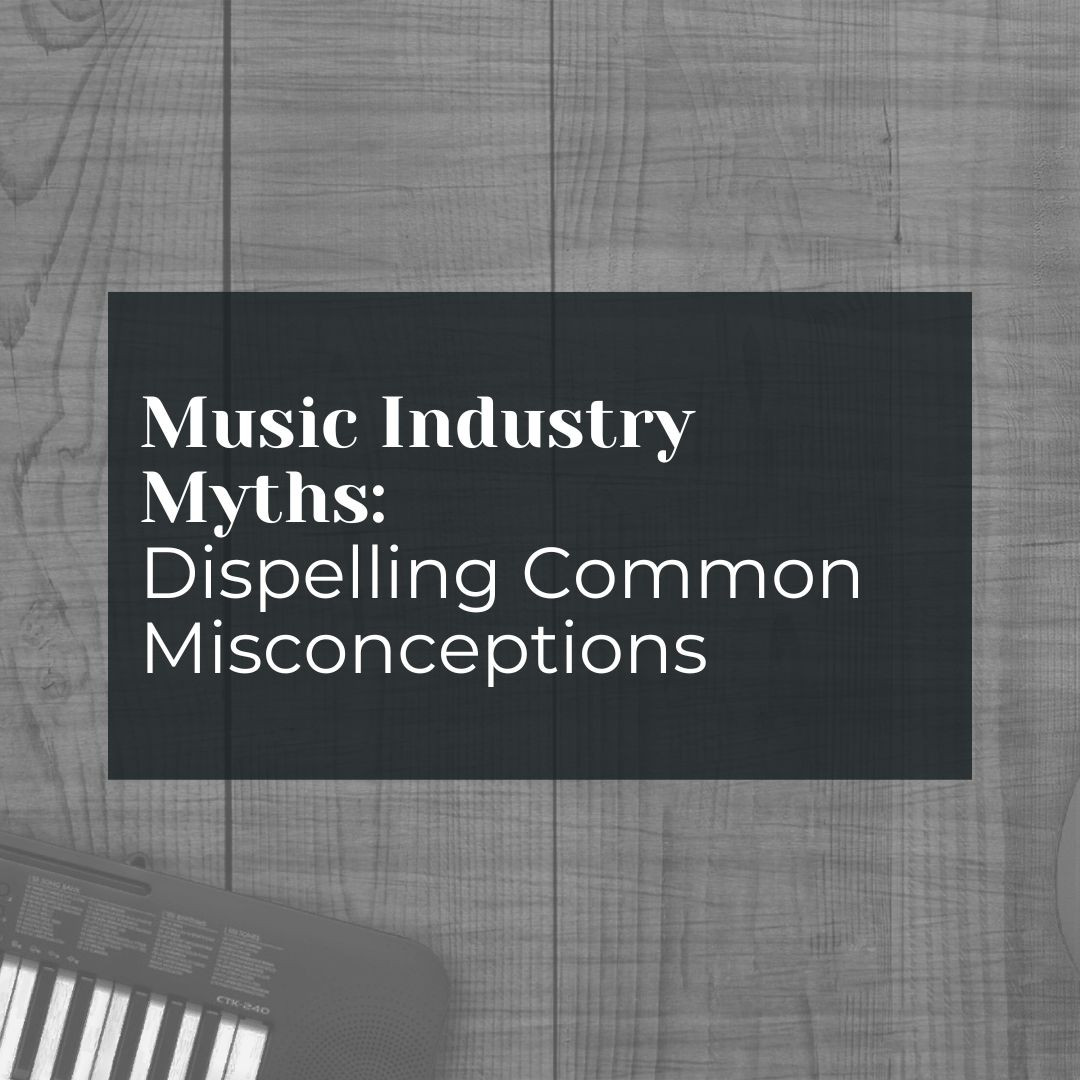
In an age marked by profound technological advancements, the music industry continues to evolve at a breathtaking pace. The landscape that new and established artists navigate today is wildly different from the one their predecessors encountered. As the industry evolves, so too do the misconceptions around it. Today, we'll delve into some of the most common myths about the music industry and set the record straight, enabling you to make more informed decisions about your music career.
Before we dive in, it's essential to know that understanding the realities of the music industry could be the key to unlocking your potential as an artist. This understanding is the fundamental cornerstone of the "Amplify Your Voice: How To Gain More Exposure as an Artist" course, which we'll talk more about later.
Myth 1: Talent Alone Is Enough
This is one of the oldest myths that continue to permeate the music industry. Although possessing talent is undoubtedly important, it's far from being the only factor that can lead to success. In today's highly competitive market, artists need to hone their marketing, networking, and business skills. Building a brand, engaging with fans, and understanding the financial aspect of the music business are critical in carving out a sustainable career in music.
Myth 2: Record Deals Equal Success
A prevailing myth is that signing with a major record label ensures automatic success. While this can potentially boost an artist's career, it's not a guaranteed ticket to fame and fortune. Many signed artists still struggle with visibility and profitability. Independent artists, on the other hand, often enjoy more creative control and a larger slice of their earnings. The key is to understand what aligns best with your goals as an artist.
Myth 3: Streaming Services Are the Enemy
With the advent of platforms like Spotify, Apple Music, and Tidal, some artists view these services as threats, primarily due to lower royalty payments. However, streaming services have democratized music distribution, allowing independent artists to reach audiences that were once out of their grasp. Embracing these platforms can be an integral part of a balanced digital strategy for artists seeking exposure.
Myth 4: Social Media Is All You Need for Marketing
While social media can be a powerful tool for promoting your music and connecting with fans, it should not be your only marketing strategy. Email newsletters, collaborations, live performances, and music videos are just some of the other essential components of a robust, multi-faceted marketing plan.
Myth 5: More Gigs Equals More Success
Playing live is a fantastic way to build a dedicated fanbase. However, performing too often, especially in the same local area, can lead to over-saturation. Instead, strategic gigging and targeting the right audiences can be more beneficial in the long run.
Conclusion
Armed with these insights, you can now navigate the music industry with a greater sense of reality. However, this is just the tip of the iceberg. The complexity of today's music landscape calls for a comprehensive understanding of various components like music production, rights management, effective marketing strategies, and leveraging digital platforms for maximum exposure.
This is where the "Amplify Your Voice: How To Gain More Exposure as an Artist" course comes in. This course provides an in-depth look at the music industry, equipping you with the knowledge and skills you need to build a successful career. You'll learn from experienced industry professionals who've navigated the intricacies of the business and emerged victorious.
There's never been a better time to dispel the myths and invest in your future in music. With the right tools, understanding, and the will to persevere, you can transform your artistic aspirations into a sustainable career.
Your path to music industry success is one click away. Enroll in the "Amplify Your Voice: How To Gain More Exposure as an Artist" course today and start your journey to becoming an industry-savvy artist.
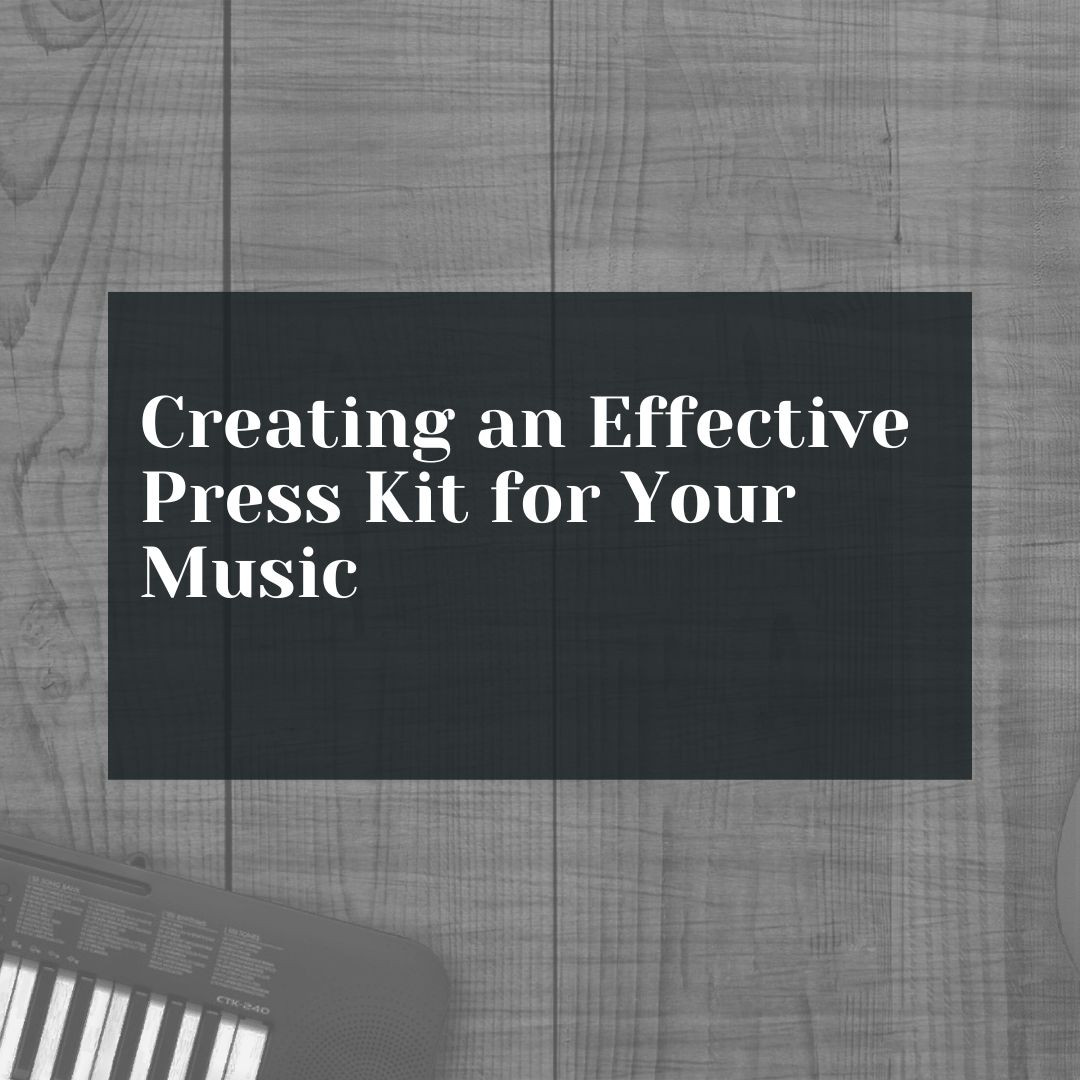
In the current music industry climate, one can't underscore the importance of a well-structured and well-orchestrated press kit. This bundle of promotional materials is the essence of your music brand identity. It works as your music resume, telling your story, showcasing your achievements, and most importantly, emphasizing your unique sound.
With an effective press kit, the challenge of gaining traction and recognition in a crowded industry can become far less daunting. That's why we've decided to explore the critical steps in creating an exceptional music press kit in this blog post.
But first, let's talk about why you need a press kit.
Why You Need a Music Press Kit
As an artist, your music is your most substantial asset. But, as is with any product, without effective marketing, it can easily get lost in the clutter of the music market. This is where a press kit comes in.
A press kit, also known as a media kit or an Electronic Press Kit (EPK), serves multiple purposes. It communicates your brand, highlights your achievements, displays your best work, and provides all the necessary information that music journalists, event promoters, or potential sponsors might need.
But creating a press kit that truly stands out requires an understanding of the various components that go into it.
Components of a Music Press Kit
1. Artist Biography
This is the narrative of your music career. It should be compelling, engaging, and professionally written. Make sure to include any significant milestones, accomplishments, and unique aspects about your music. Don't forget to update it as your career evolves.
2. High-Quality Photos
Images are powerful storytellers. Include professionally shot photos that represent your brand's aesthetic. A variety of shots, like performance images, headshots, and album art, can offer a comprehensive visual story.
3. Music Samples
Include a selection of your best tracks. You can either provide these as downloads or links to where your music can be streamed. This will give people an immediate taste of your talent.
4. Press Coverage and Quotes
If you have been covered by the media before, include links to these articles or memorable quotes from them. They act as third-party endorsements and add credibility to your music career.
5. Contact Information
This is vital. Your press kit must have clear contact information—your email, phone number, and social media links. Additionally, include your booking agent's and manager's information, if applicable.
6. Upcoming Gigs and Tours
Keep your audience in the loop about where they can catch you live next. List your upcoming shows and tour dates.
7. Music Videos
If you have professionally produced music videos, include them in your press kit. They give a visual representation of your music and can greatly enhance your presentation.
8. Discography
List your albums, singles, and EPs. Give a brief description of each, including any significant achievements associated with them.
Creating an SEO-Optimized Music Press Kit
As we're aiming to ensure your press kit ranks on the first page of Google, you need to understand and implement SEO (Search Engine Optimization). SEO is about enhancing your online content so that a search engine likes to show it as a top result for searches of a particular keyword.
1. Keyword Research
Identify keywords that are relevant to your music brand. These keywords should be terms that your target audience is likely to use when searching online.
2. Optimize Your Content
Use the keywords you've identified in your press kit content. However, avoid keyword stuffing as this can negatively affect your ranking. Use the keywords naturally and contextually.
3. Use Metadata
Your website's metadata (title tags, meta descriptions) should be optimized with relevant keywords.
4. Create Quality Backlinks
Having other reputable websites link to your press kit page can significantly boost your SEO.
5. Website Speed and Mobile Optimization
Ensure your website loads quickly and is mobile-friendly. Google considers these factors when ranking websites.
An effective press kit can go a long way in elevating your music career, but it's only part of the puzzle. The music industry is dynamic and calls for continuous learning and adaptation. To this end, I would highly recommend enrolling in the "Amplify Your Voice: How To Gain More Exposure as an Artist" course.
This comprehensive course is designed to help you navigate the music industry effectively, gain more exposure, and ultimately amplify your voice in a crowded marketplace. By combining the knowledge from this course with an exceptional press kit, you're well on your way to making a significant mark in the music industry.
Ready to Amplify Your Voice?
Don't let your music get lost in the crowd. Sign up for the "Amplify Your Voice: How To Gain More Exposure as an Artist" course today and learn the practical tools and tactics to increase your visibility and accelerate your music career. Enroll now and let your music be heard!
